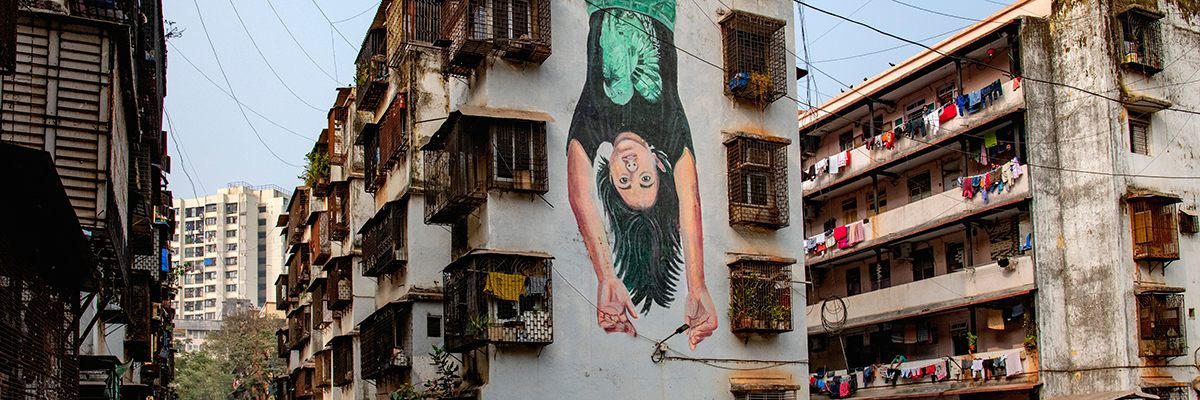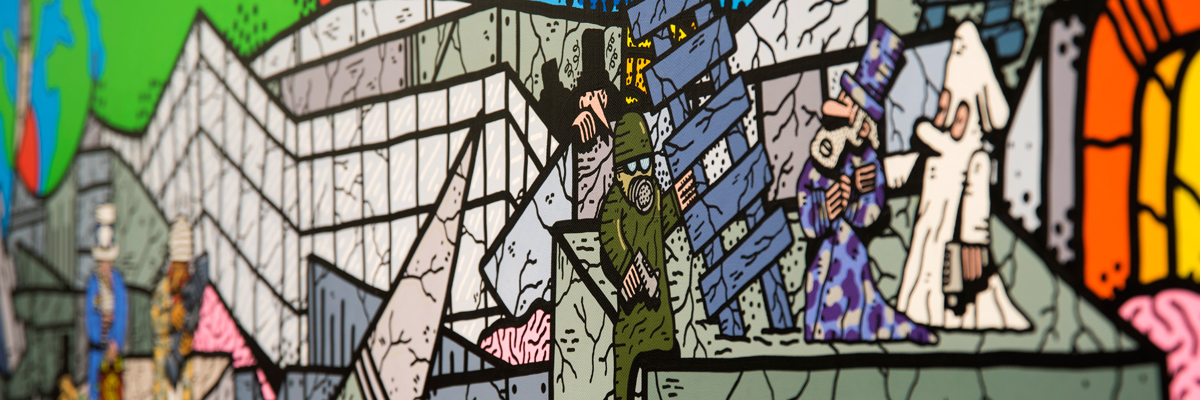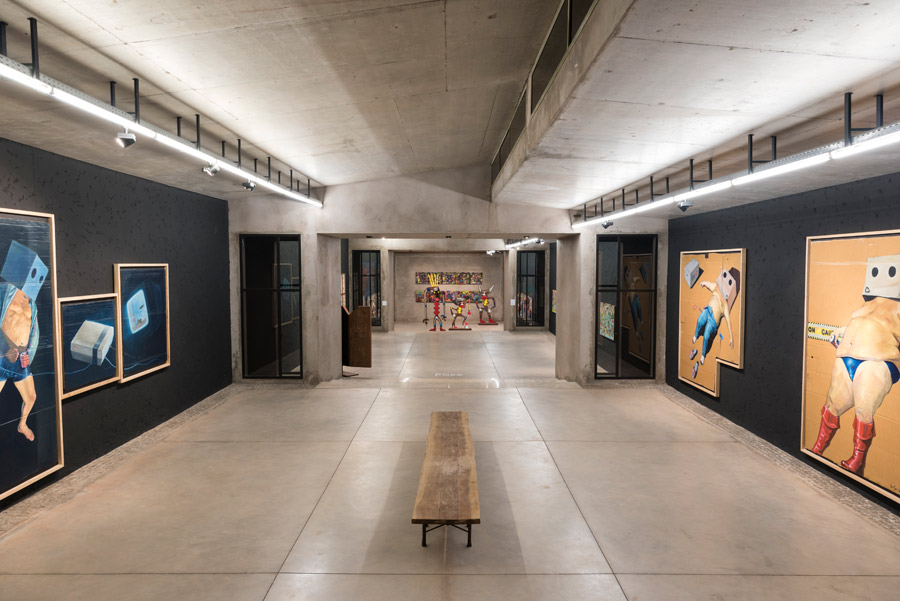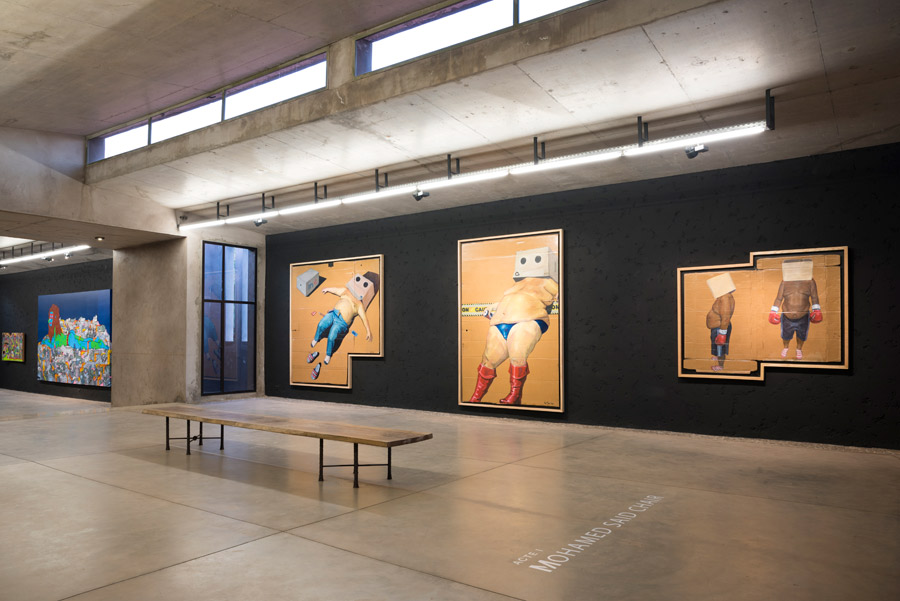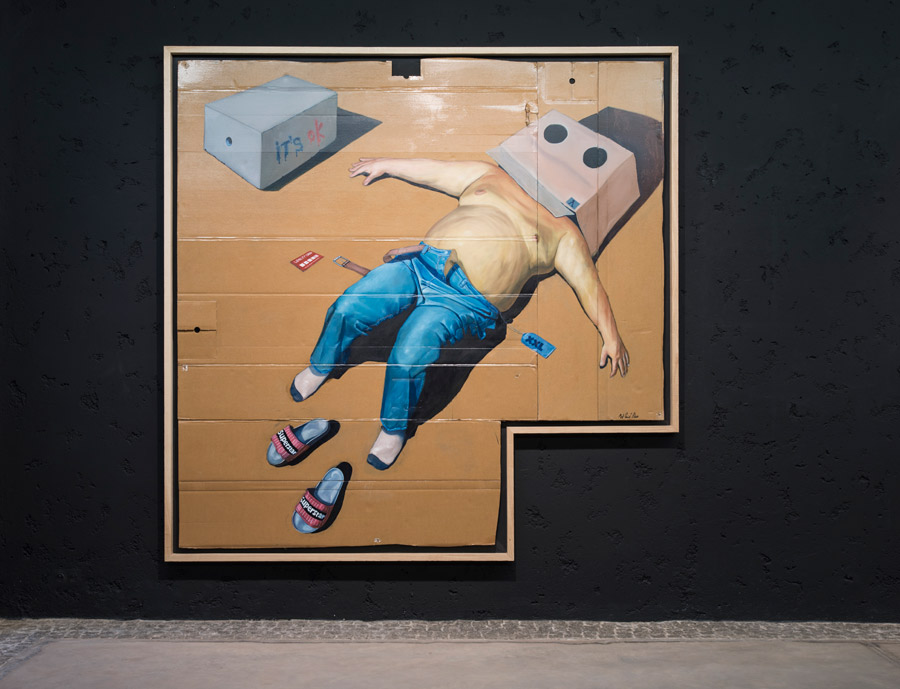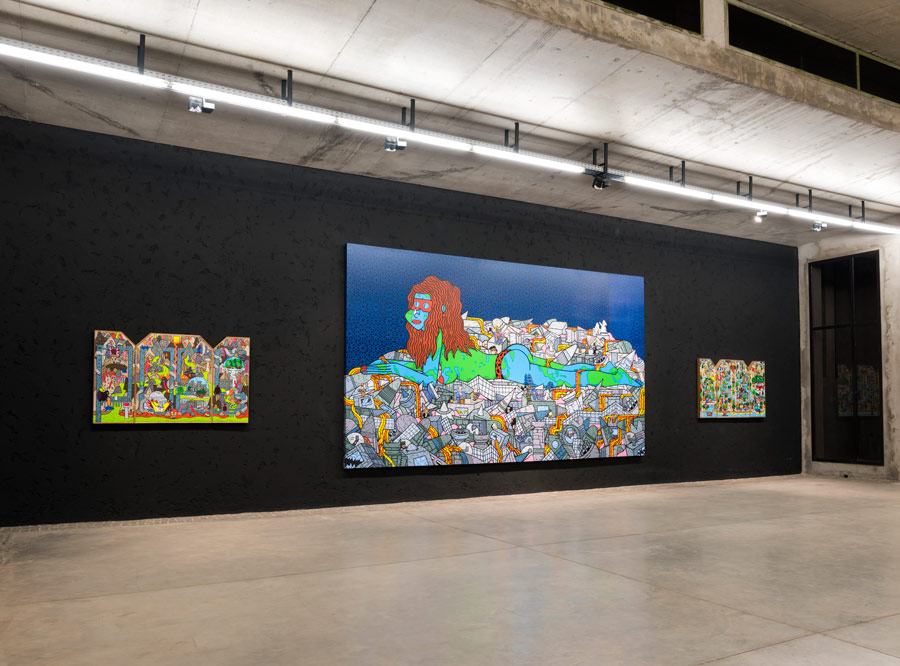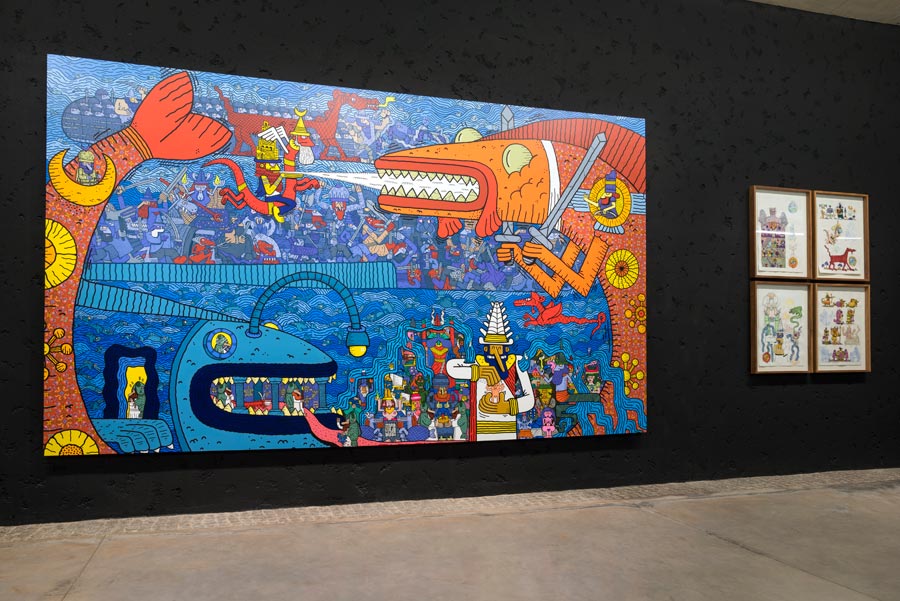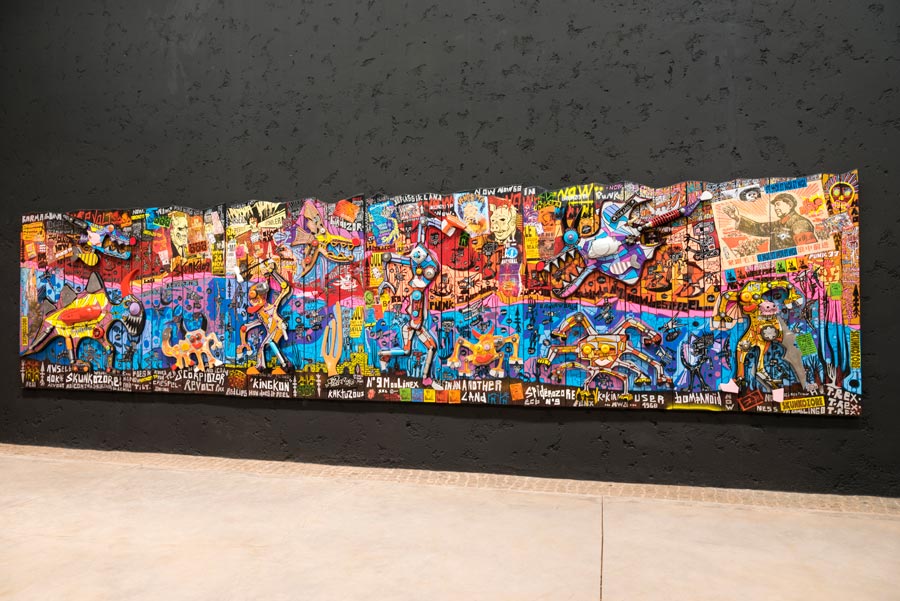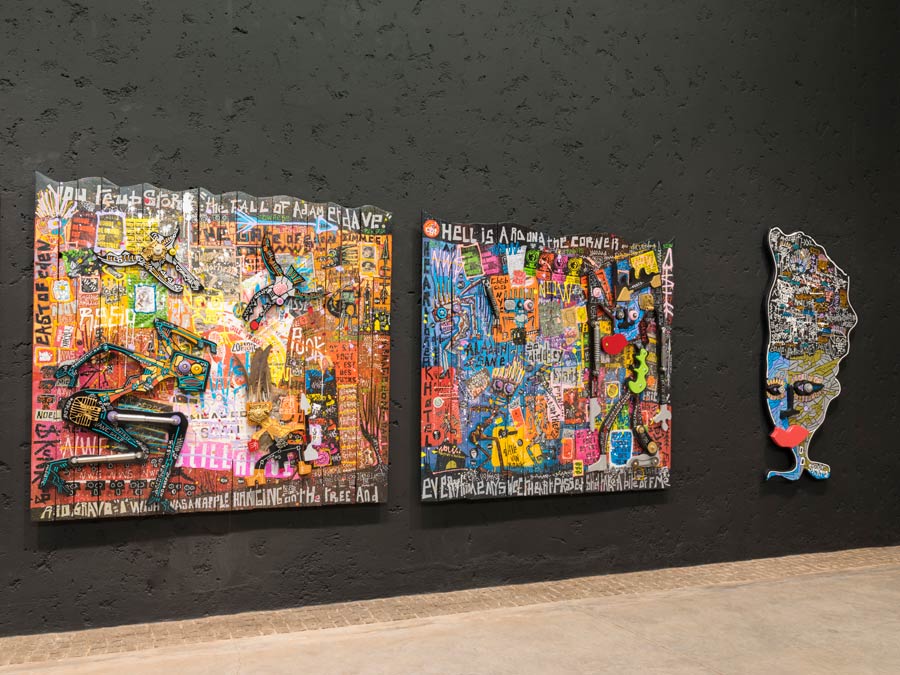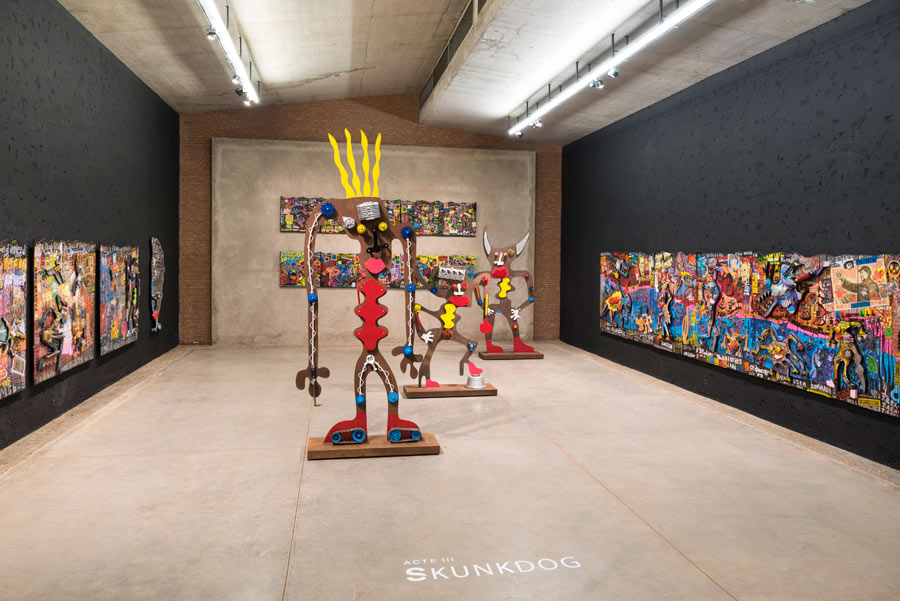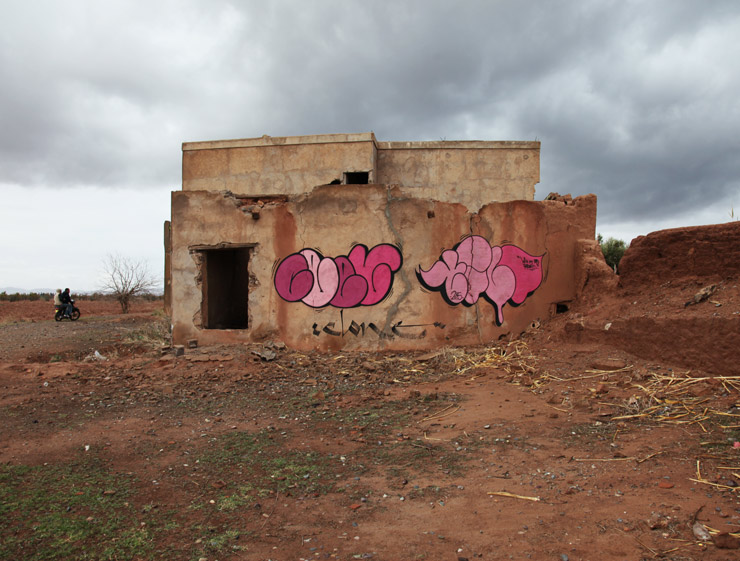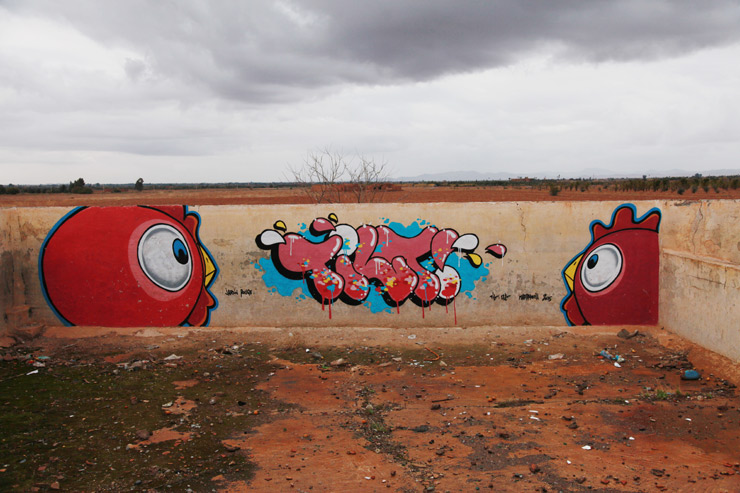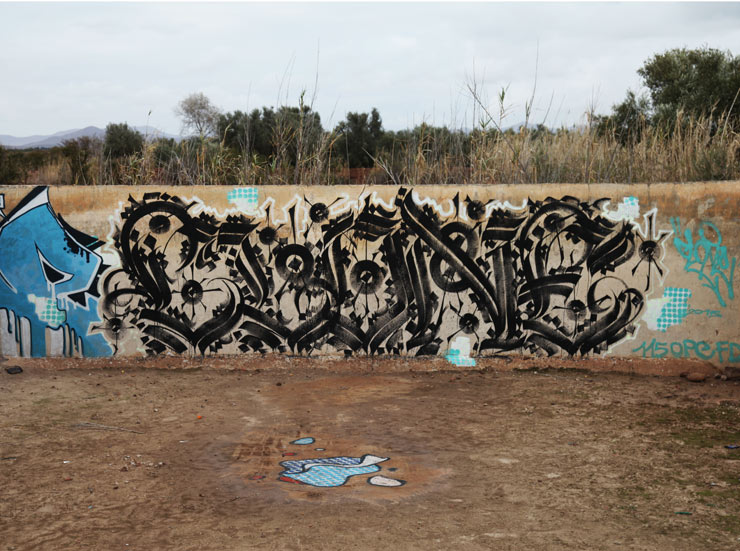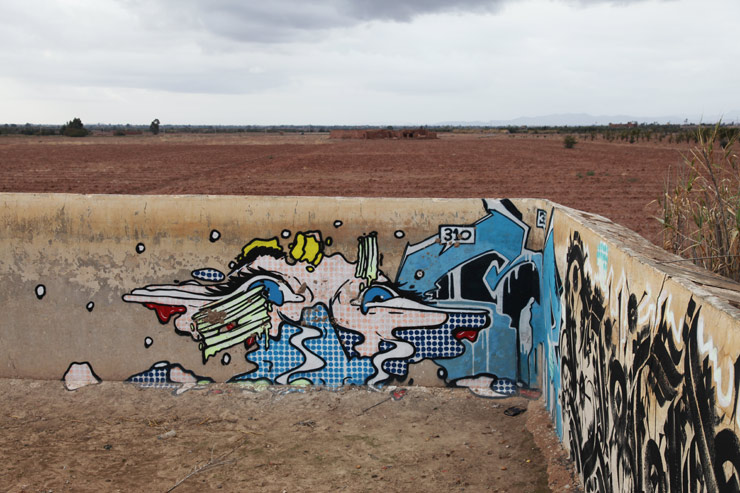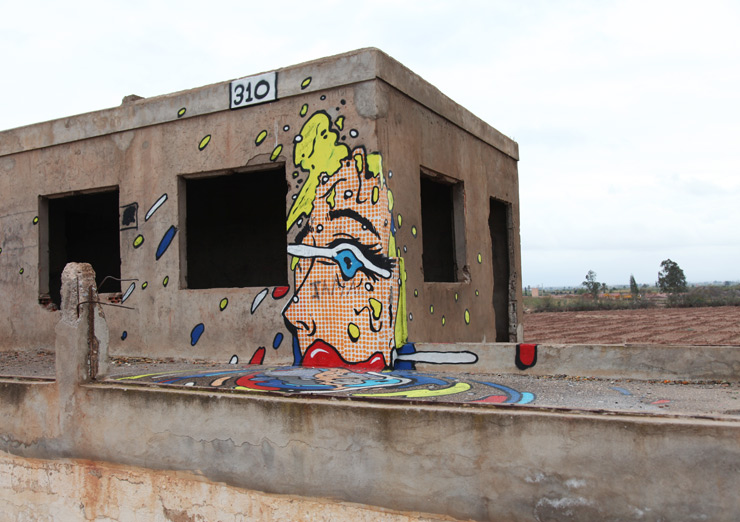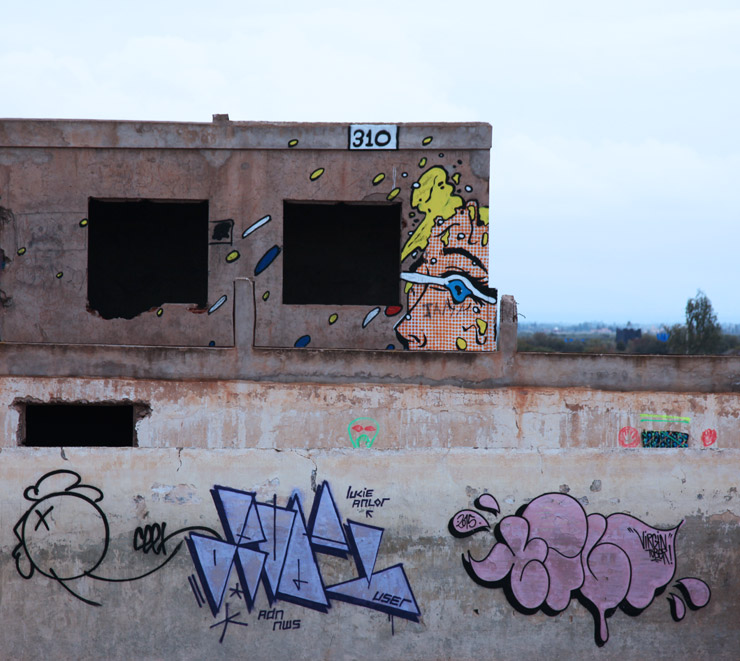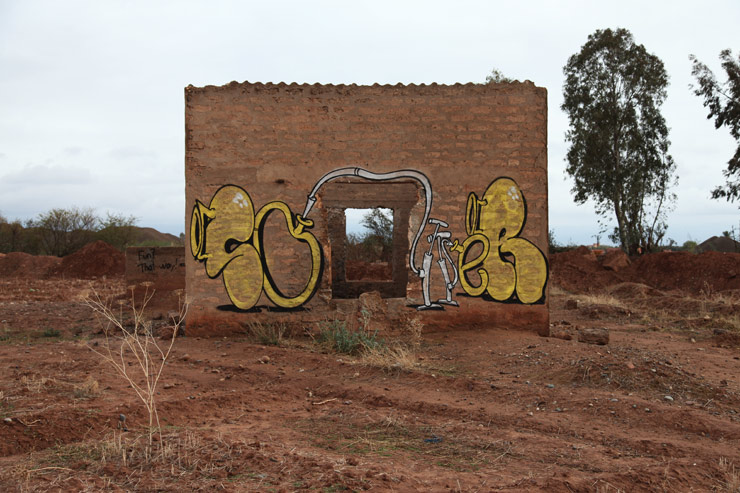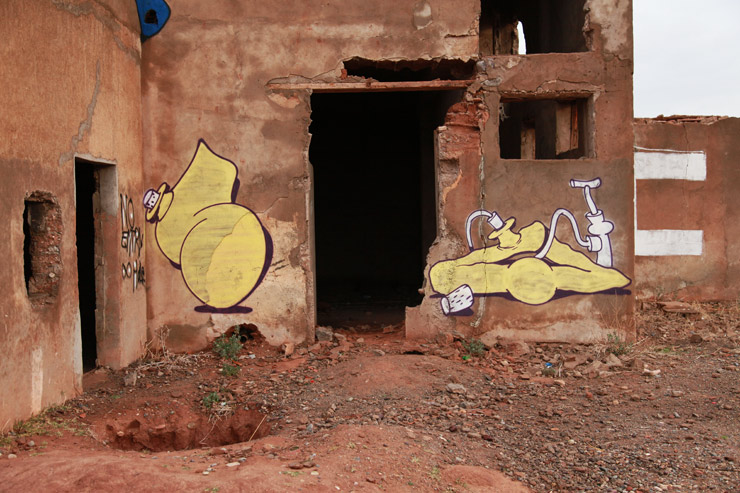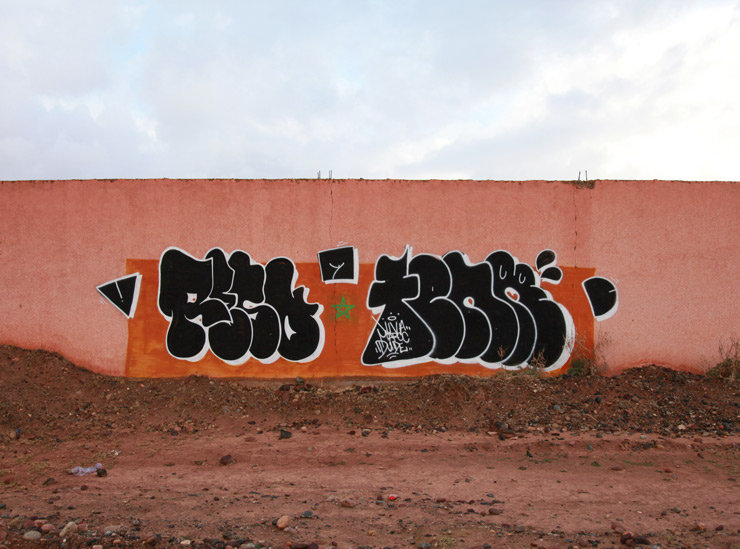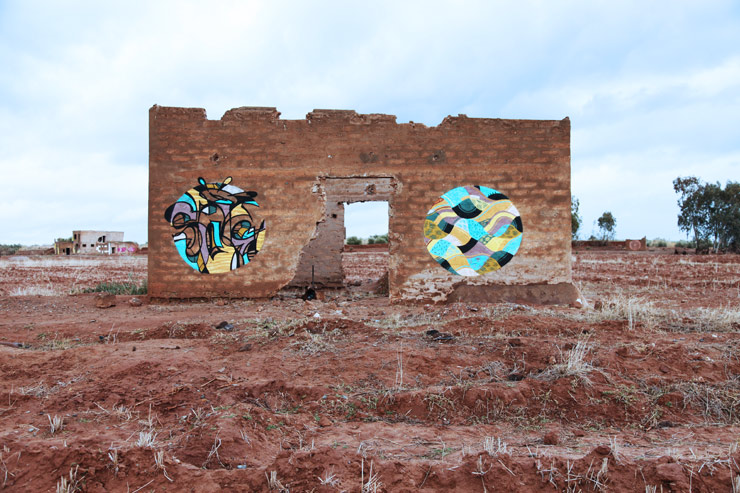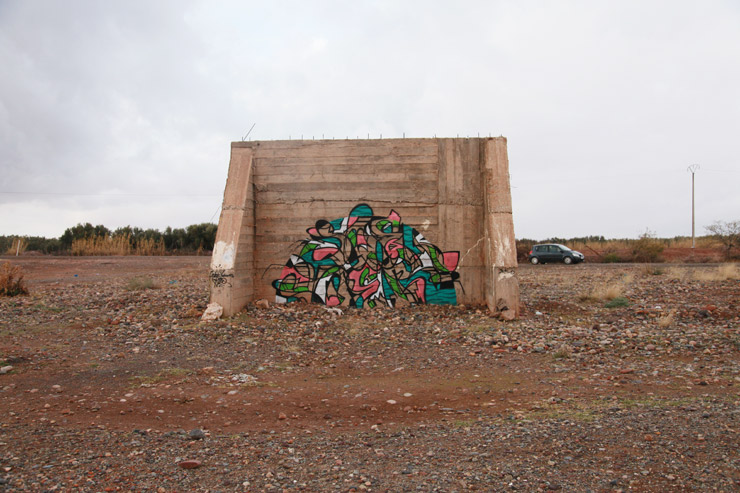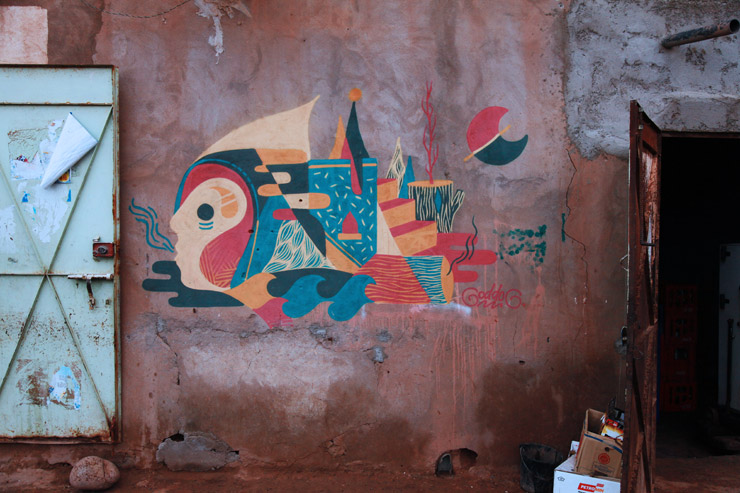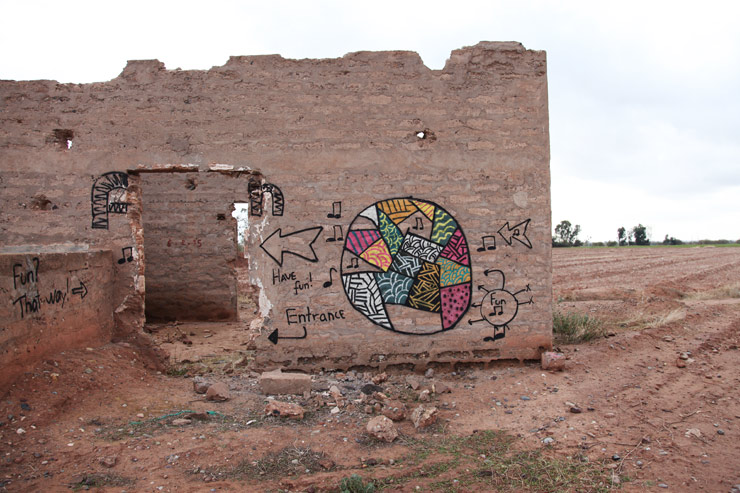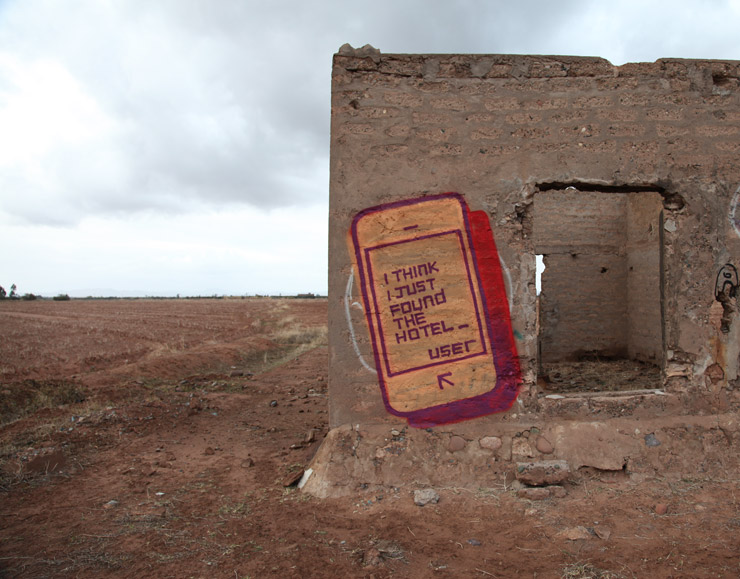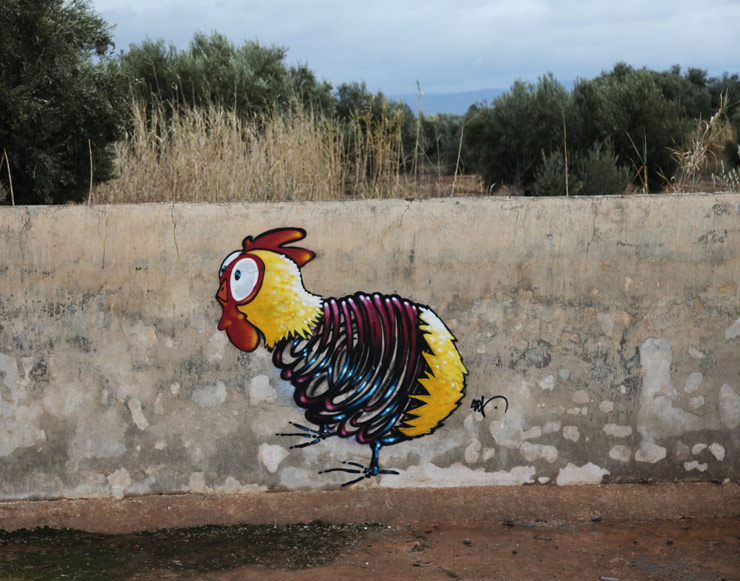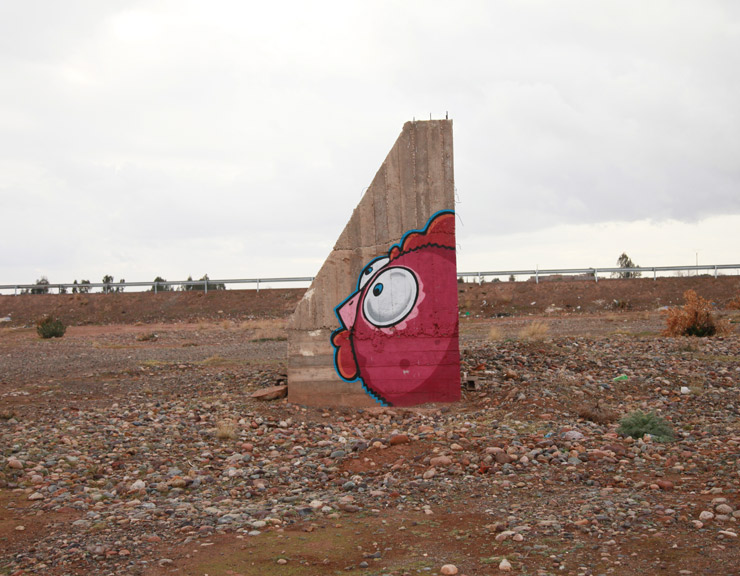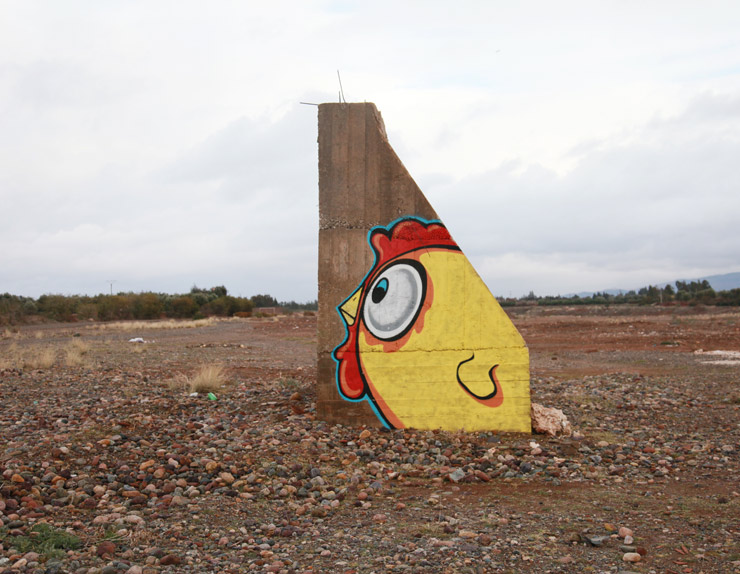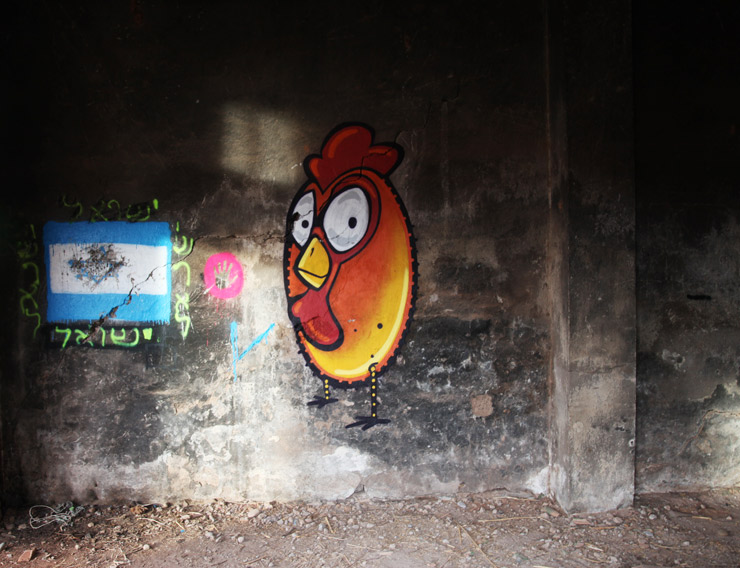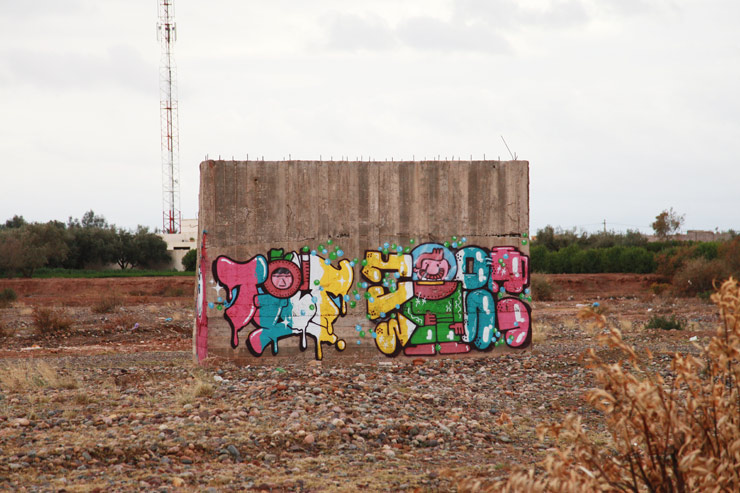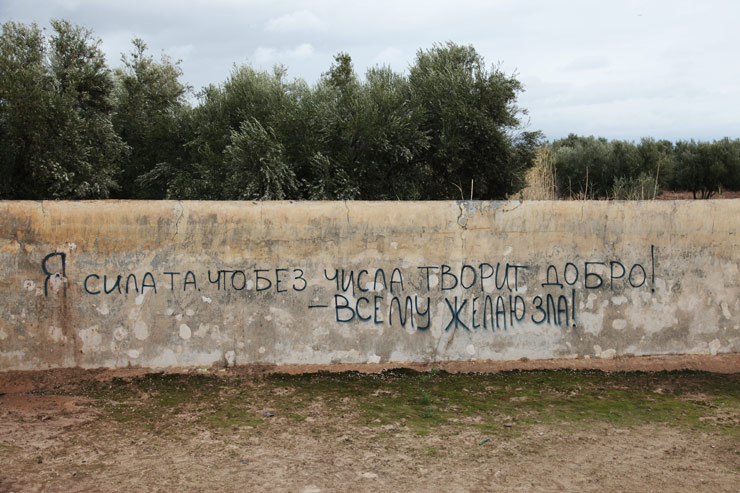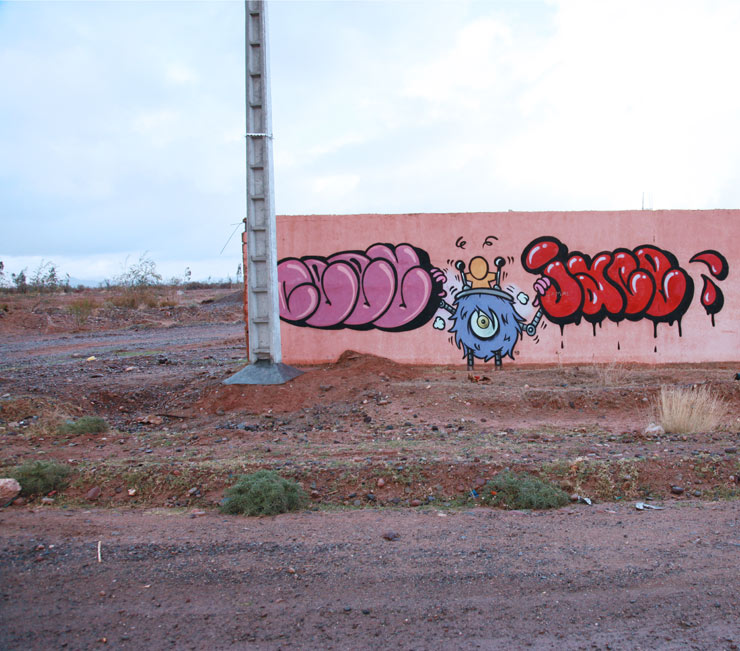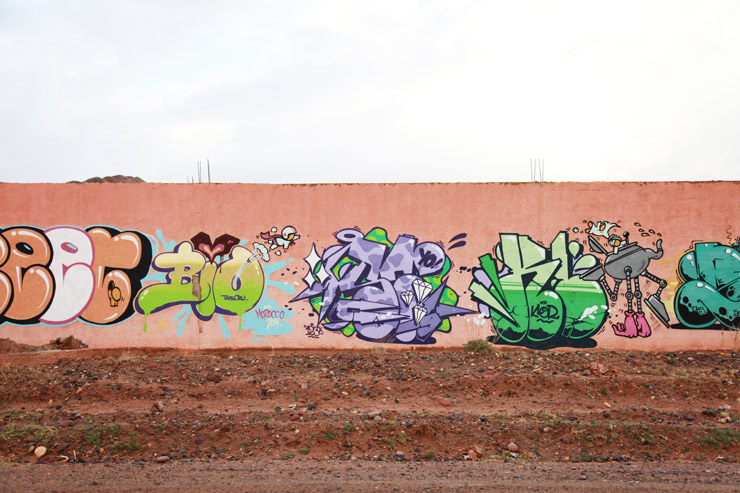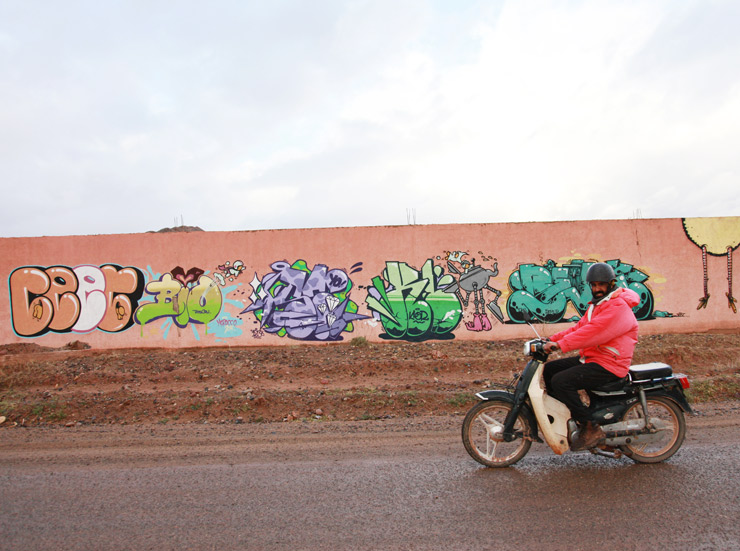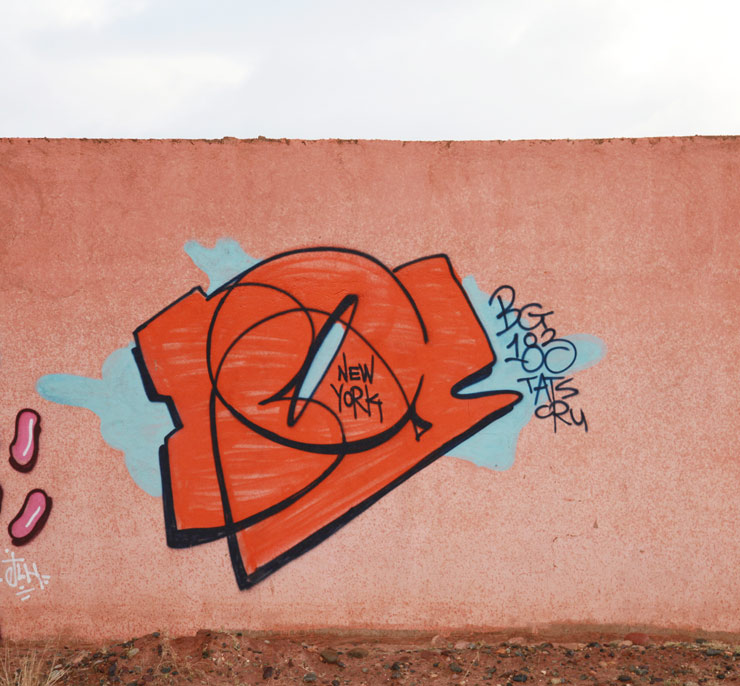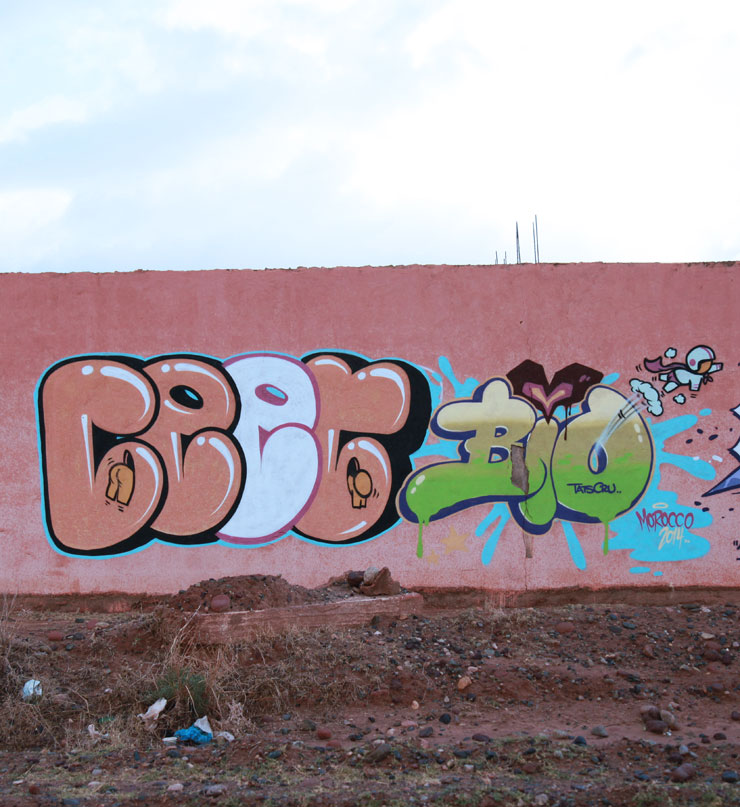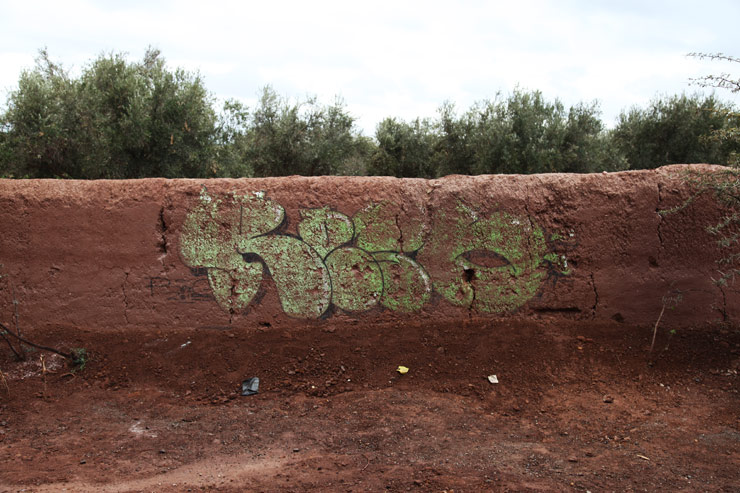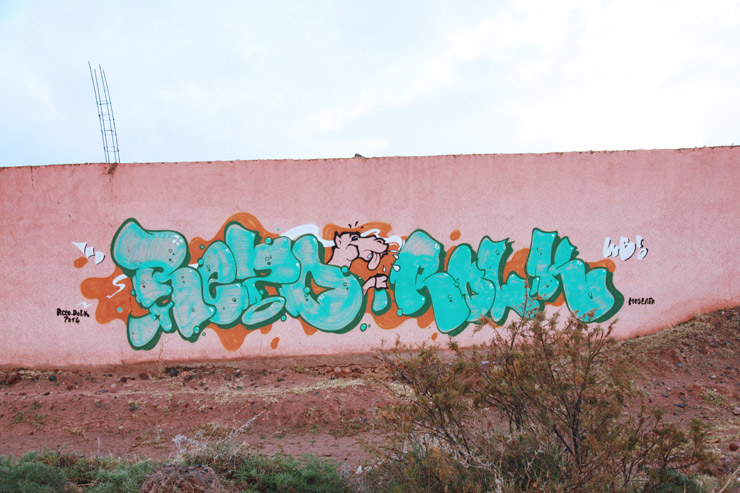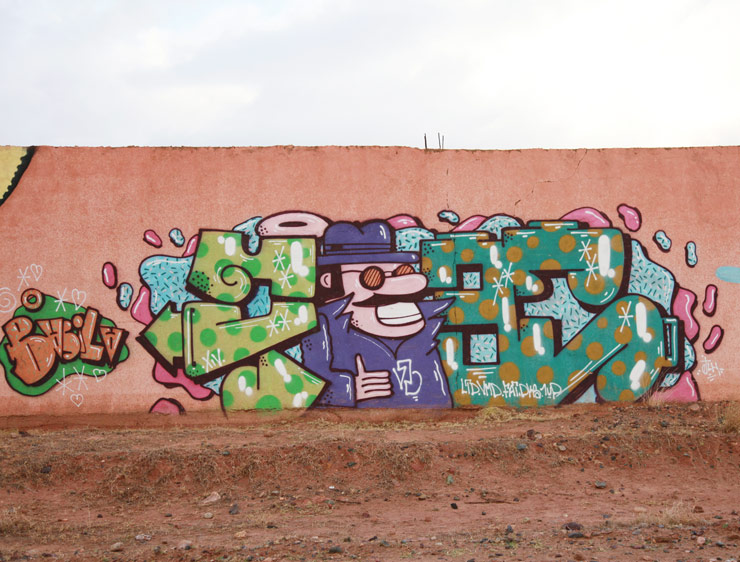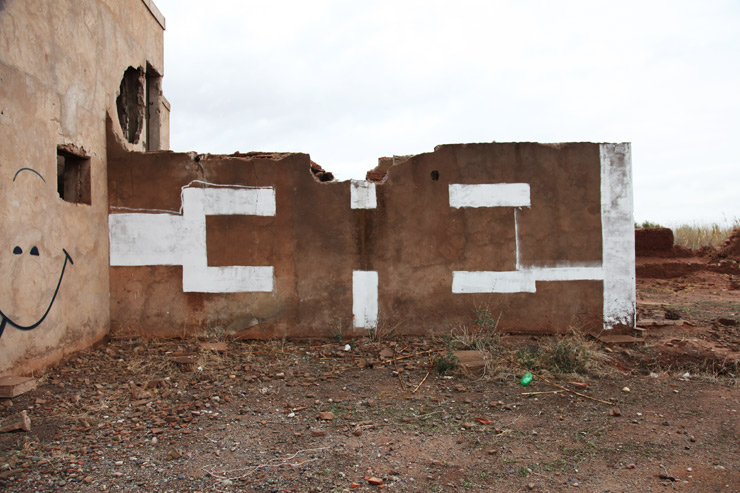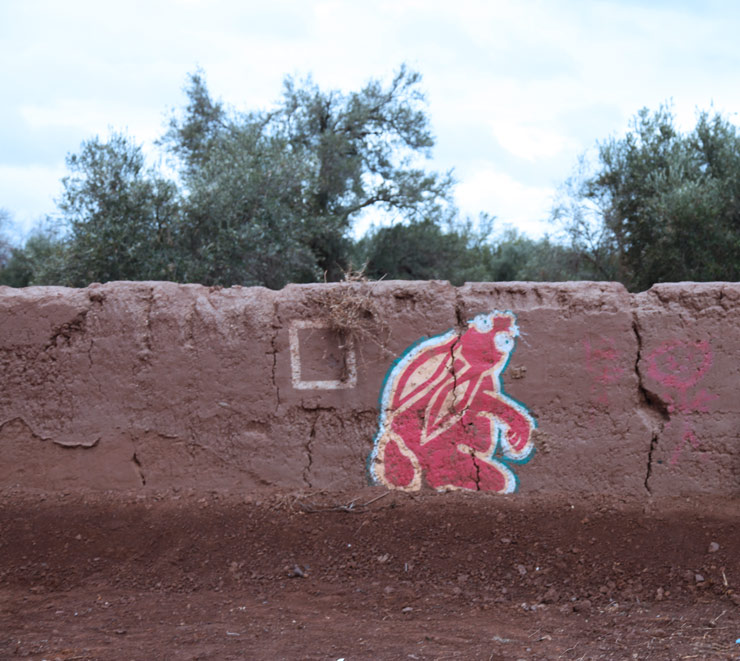Mumbai is a city that captures the essence of Indian culture and tradition. When people think of Mumbai they may envision Bollywood actors executing their hook steps in flashy outfits with bright colors against extravagant backdrops. True, it is a place where Bollywood glamour and grandeur are made, but don’t forget the street food and Hindu festivals, and elaborate idols of Lord Ganesha. Also, the city’s Marine Drive, a picturesque promenade along the coastline, is a famous landmark that offers stunning views of the Arabian Sea. And yet, there is more to Mumbai than just the glitz and the glam.
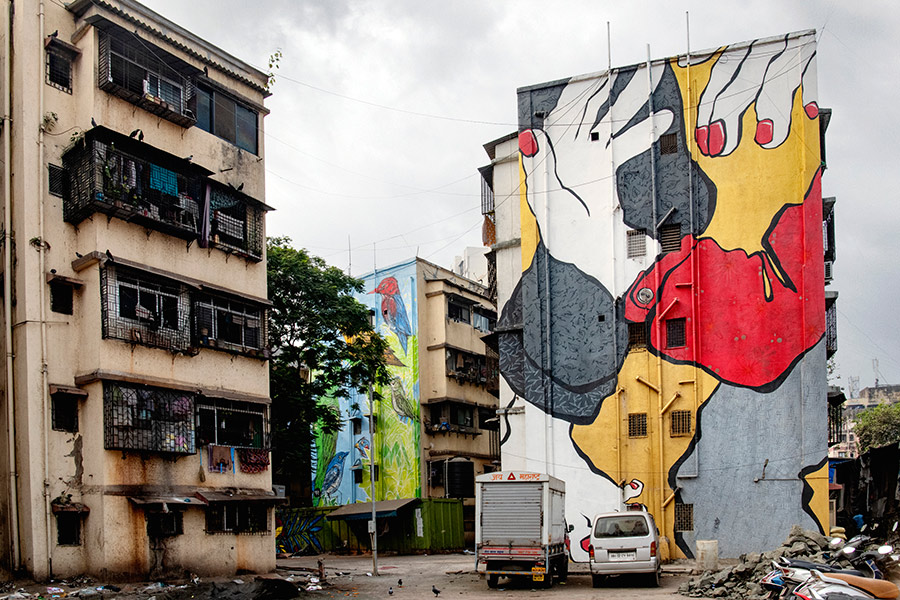
Just a stone’s throw away from the Marine Drive lies Sassoon Docks, a hidden gem that has become a hub of Mumbai’s vibrant arts community. Located in South Mumbai’s historic fishing harbor of Colaba, Sassoon Docks has attracted a diverse range of artists, writers, photographers, and galleries. These artists are known for their focus on environmental issues and their collaborations with local fishermen. They use their work to celebrate and document the rich cultural traditions of Mumbai’s fishing communities. Through sculptures, paintings, and installations, they have created a unique tapestry that reflects the character and history of this charming area.
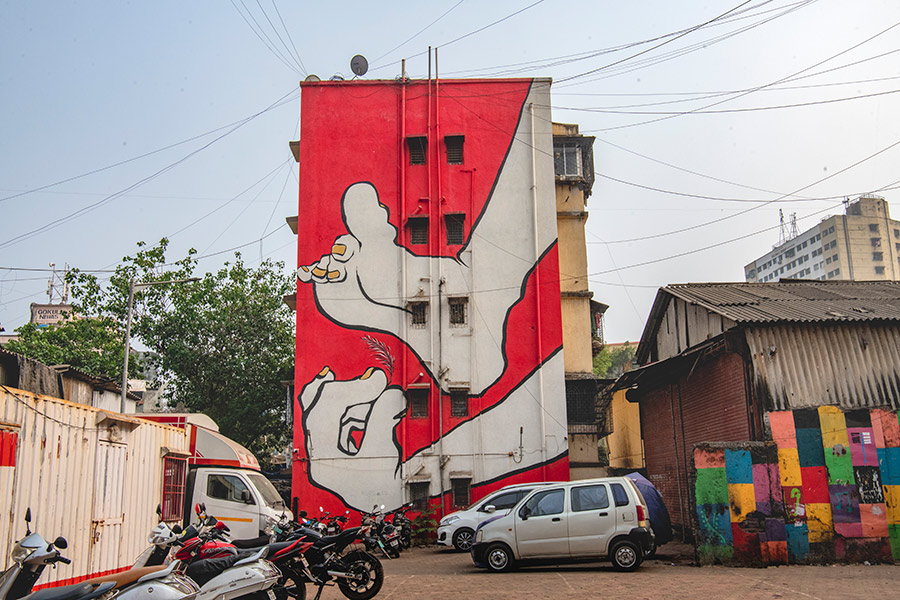
As part of St+art India’s festival, this year, invited artists had the opportunity to participate in murals, of course, but they also shared in the events that are rather normal for Sassoon Docks: talks, classes, performances, DJs. Recent events include researcher Shripad Sinnakaar presenting their poetry on Flamingoes in Dharavi, a light and sound installation, and the Indian drag queen Teya reading to kids and adults the children’s short story ‘The Many Colours of Anshu.’ They also hosted a conversation with pioneering documentary photographer Martha Cooper, the Swiss/San Franciscan muralist Mona Caron, and the Brooklyn-based Japanese street artist Lady Aiko on a panel moderated by co-founder and curator of St+art India Foundation Giulia Ambrogi.
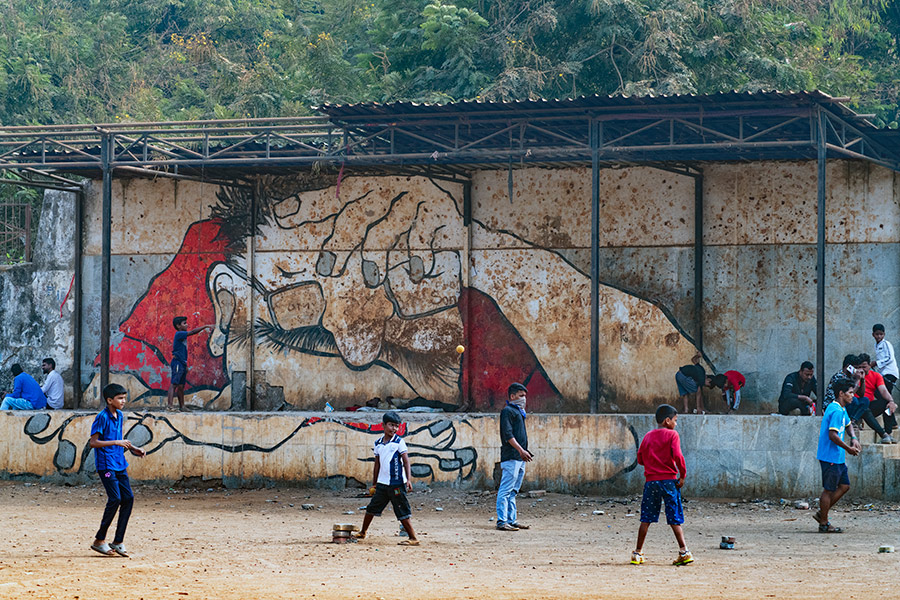
Since Ms. Cooper was in Mumbai, she did us the great favor of capturing the works on the streets to share with the BSA family.
Today we have images from the Dharavi slum, a completely different street art project than the docks. It is an afternoon trip. According to some, it has become a larger tourist attraction than the Taj Mahal after it was featured in the movie “Slum Dog Millionaire”.
An ethnologist by training, Martha also befriends people. She asks if she can photograph them, so you will always get a sublime mix of art and people and the context in her collection. We’re proud to share these with you today; a city full of rich colors, street activity, elaborate design, religious symbols, and maritime history.
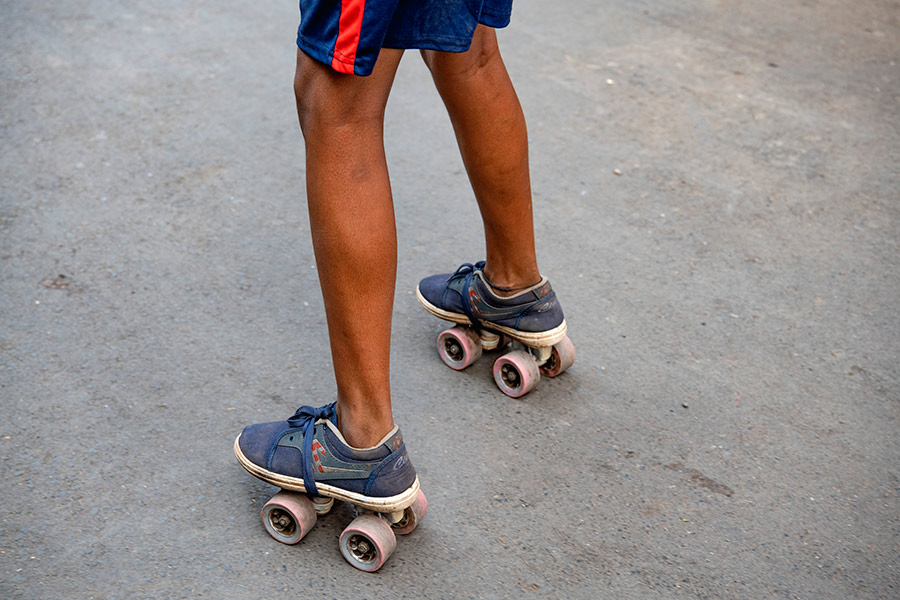
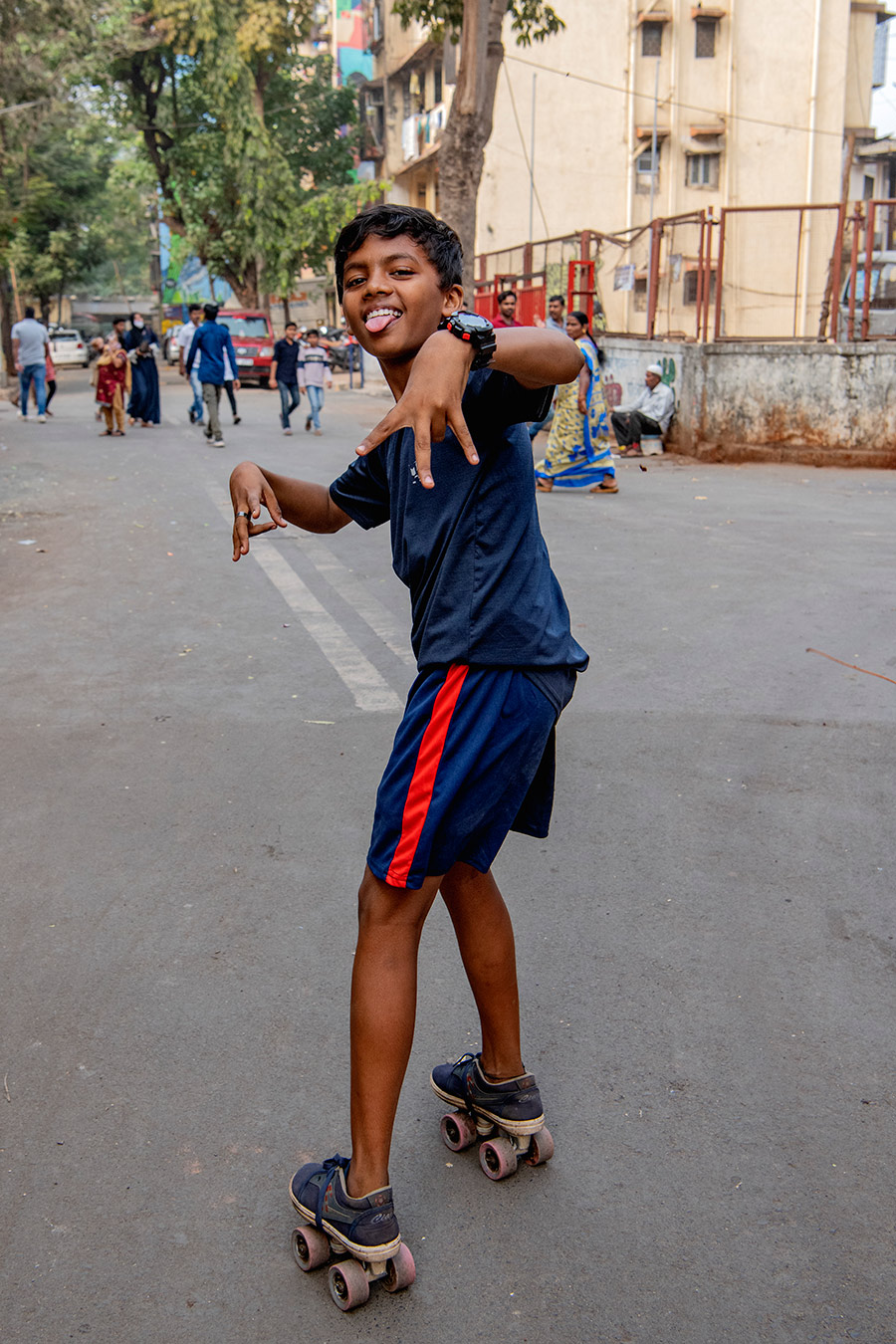
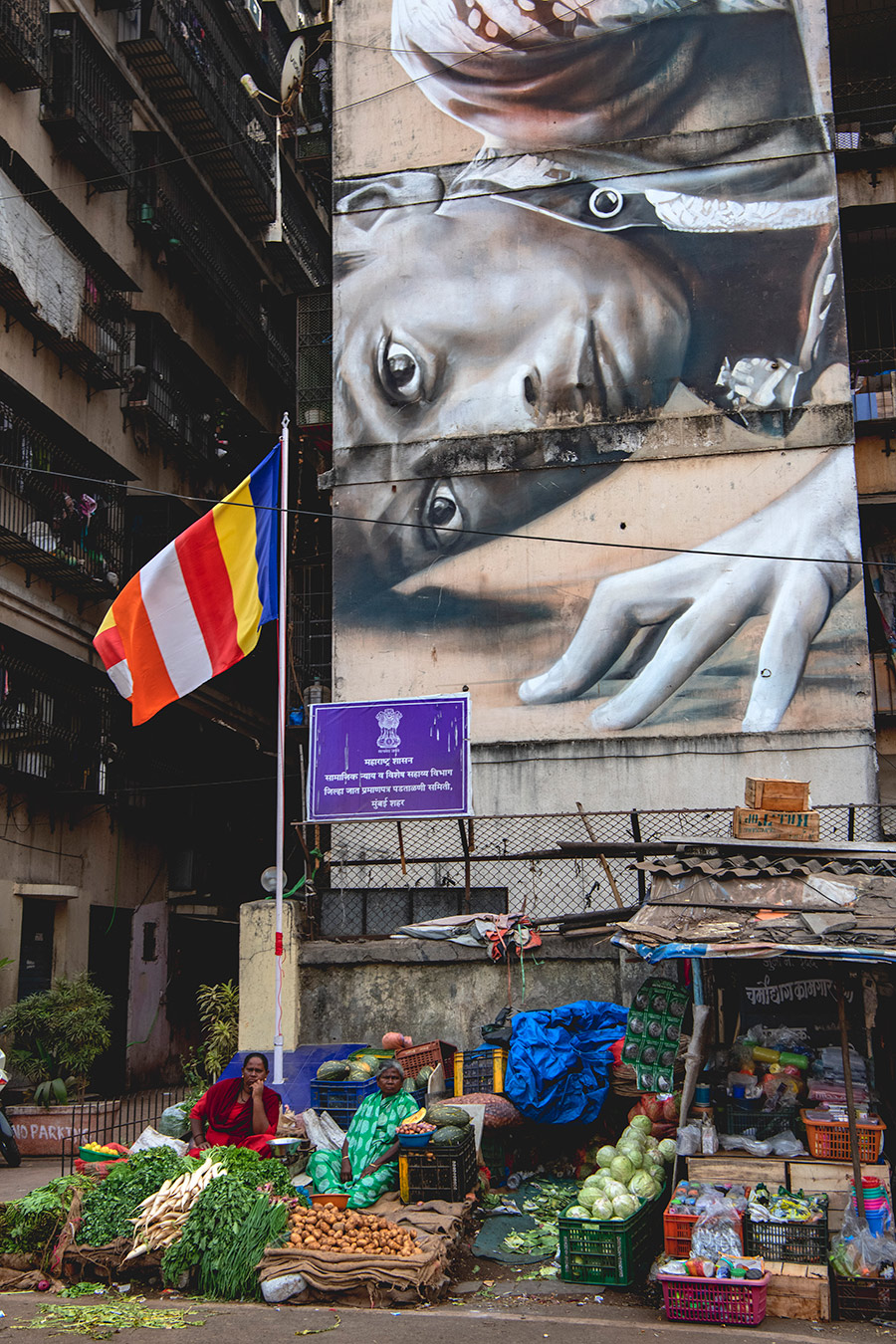
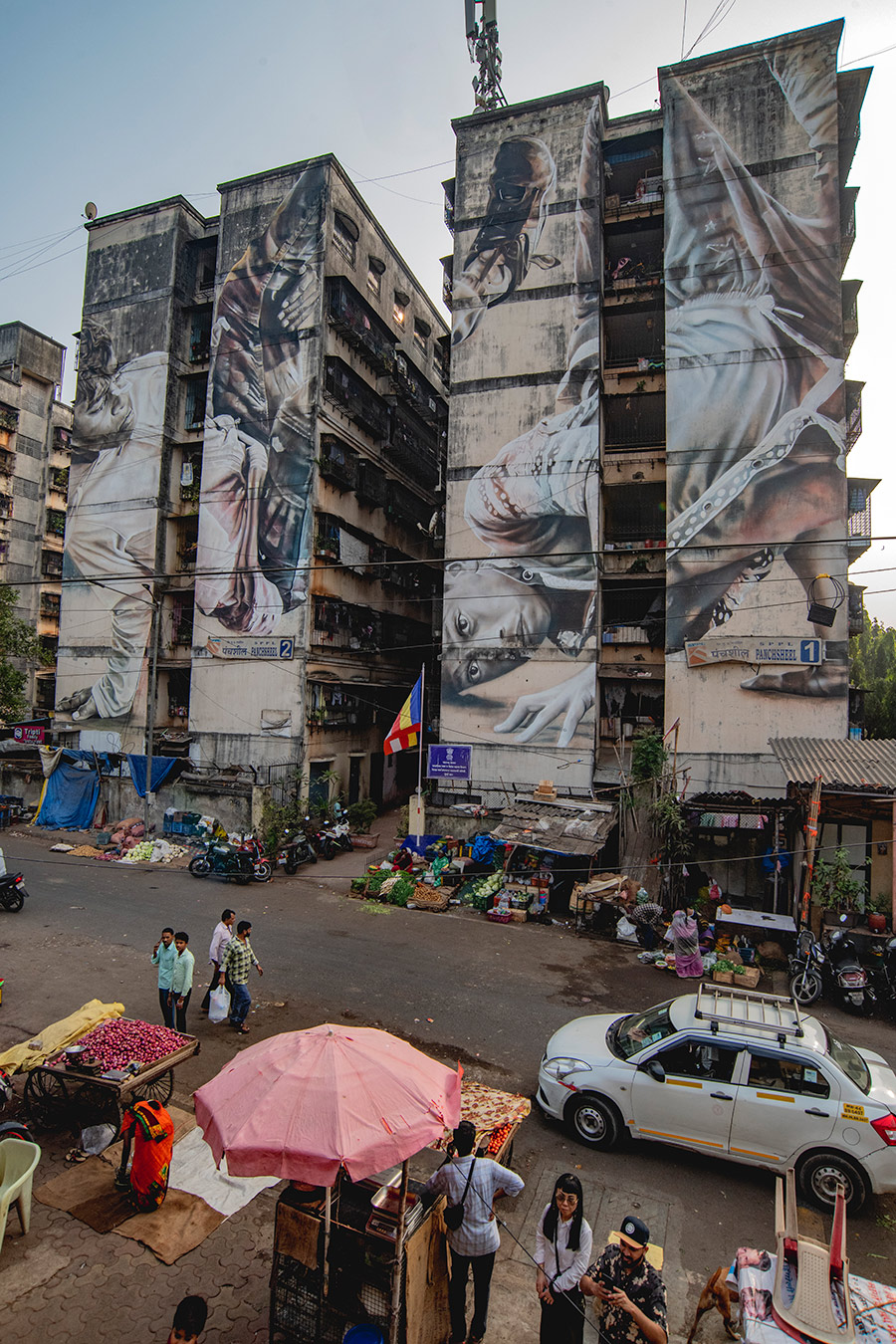

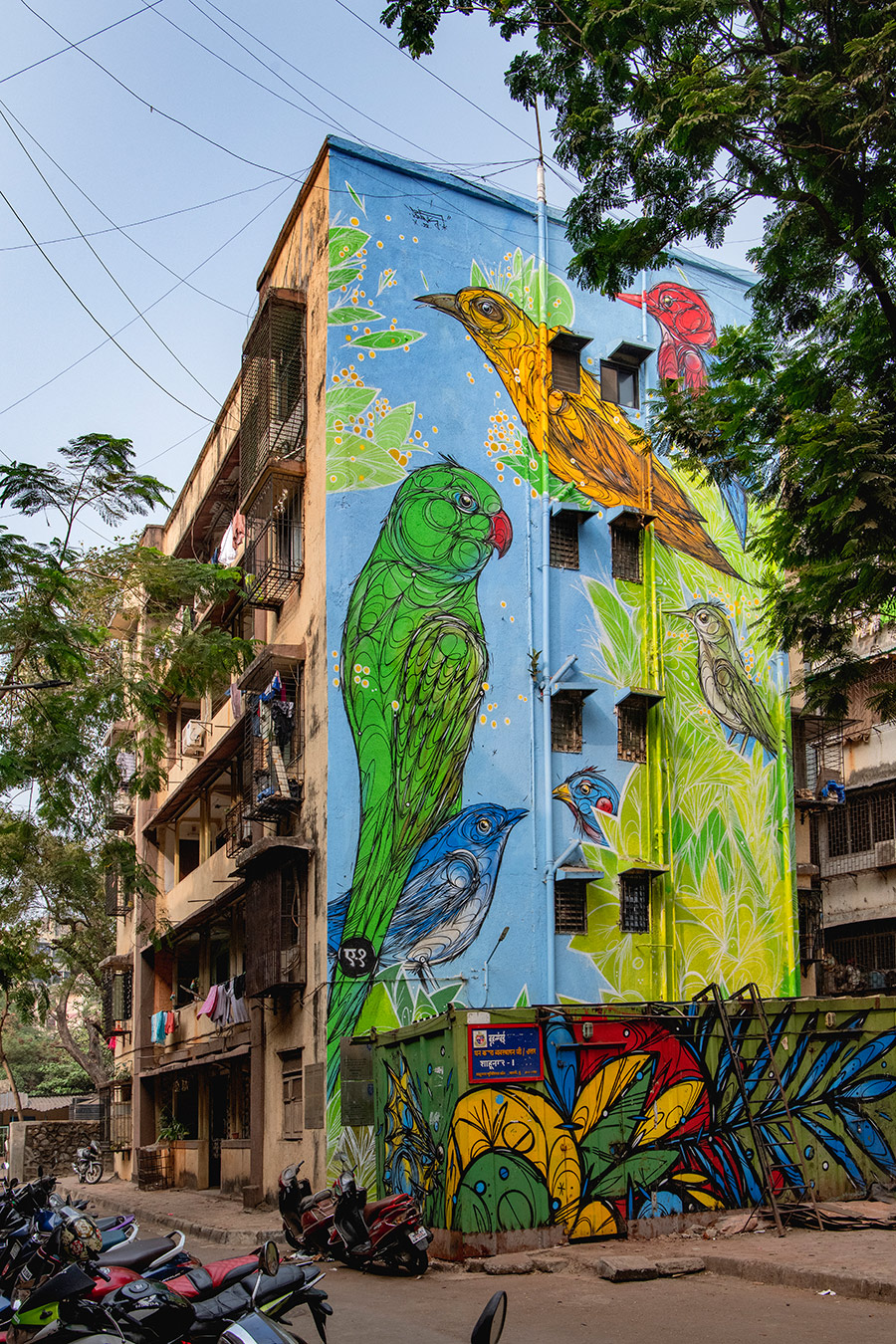
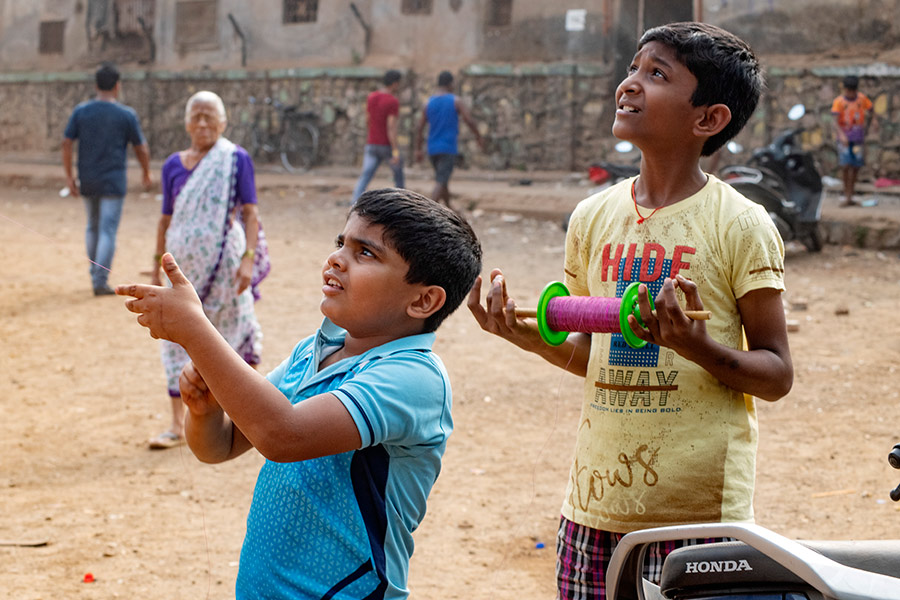
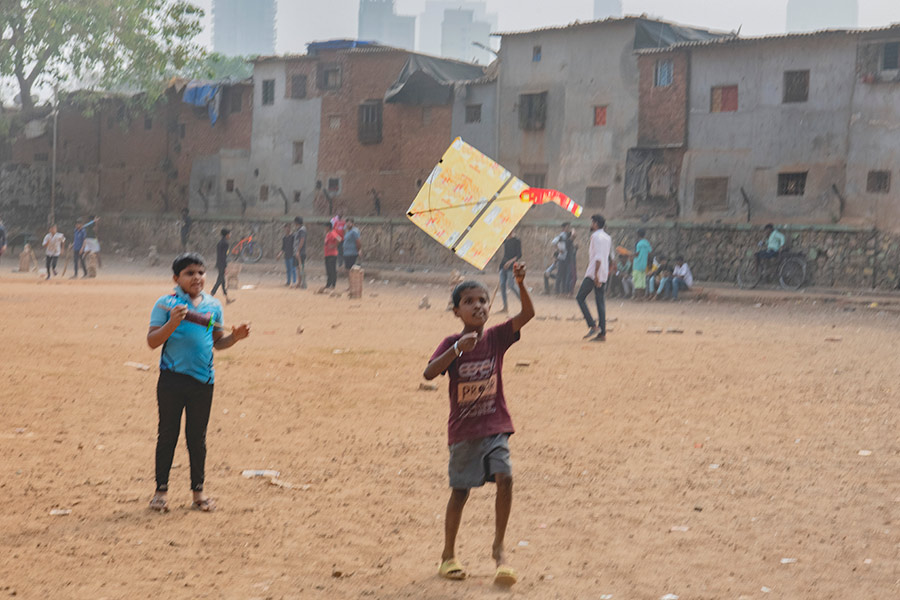
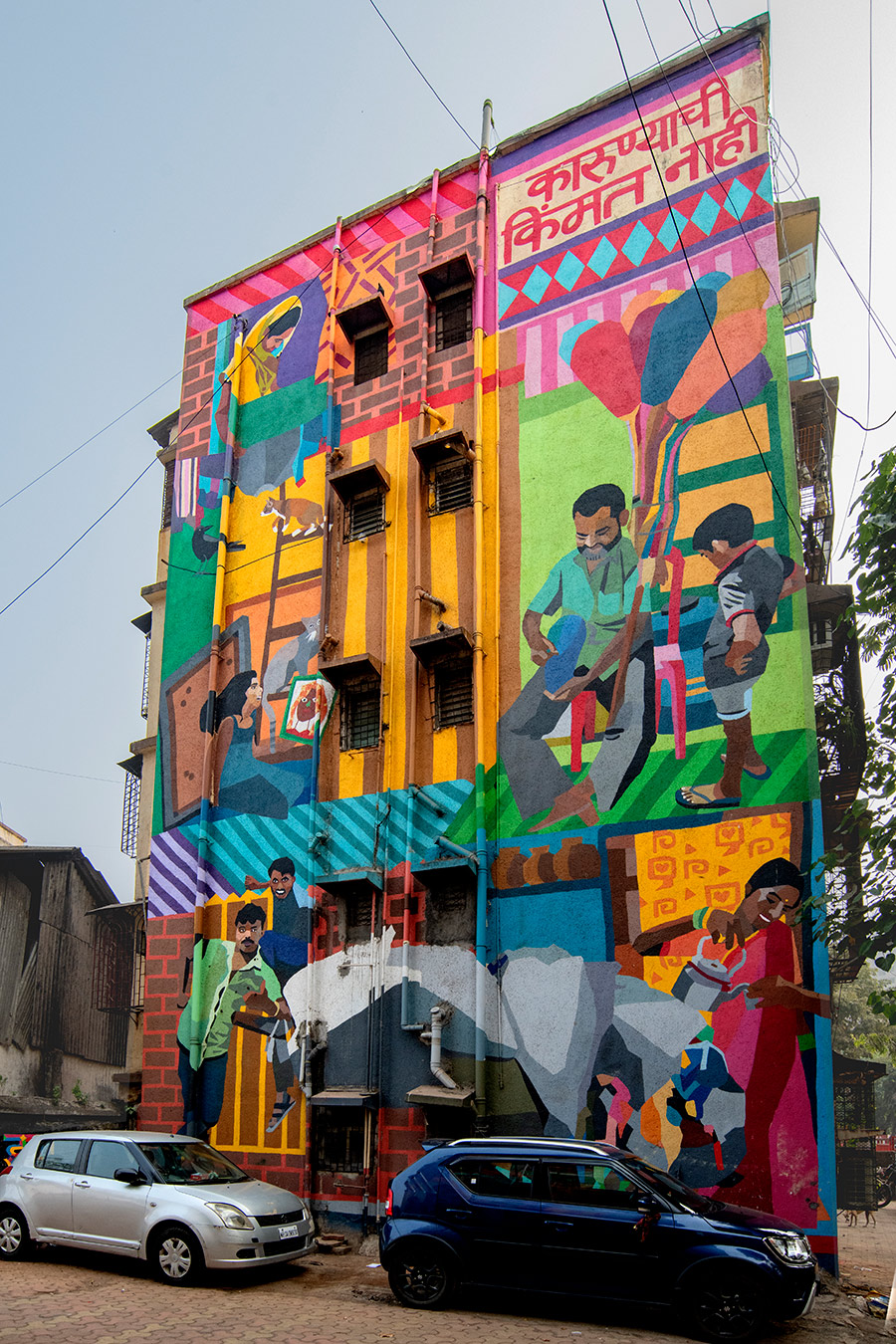
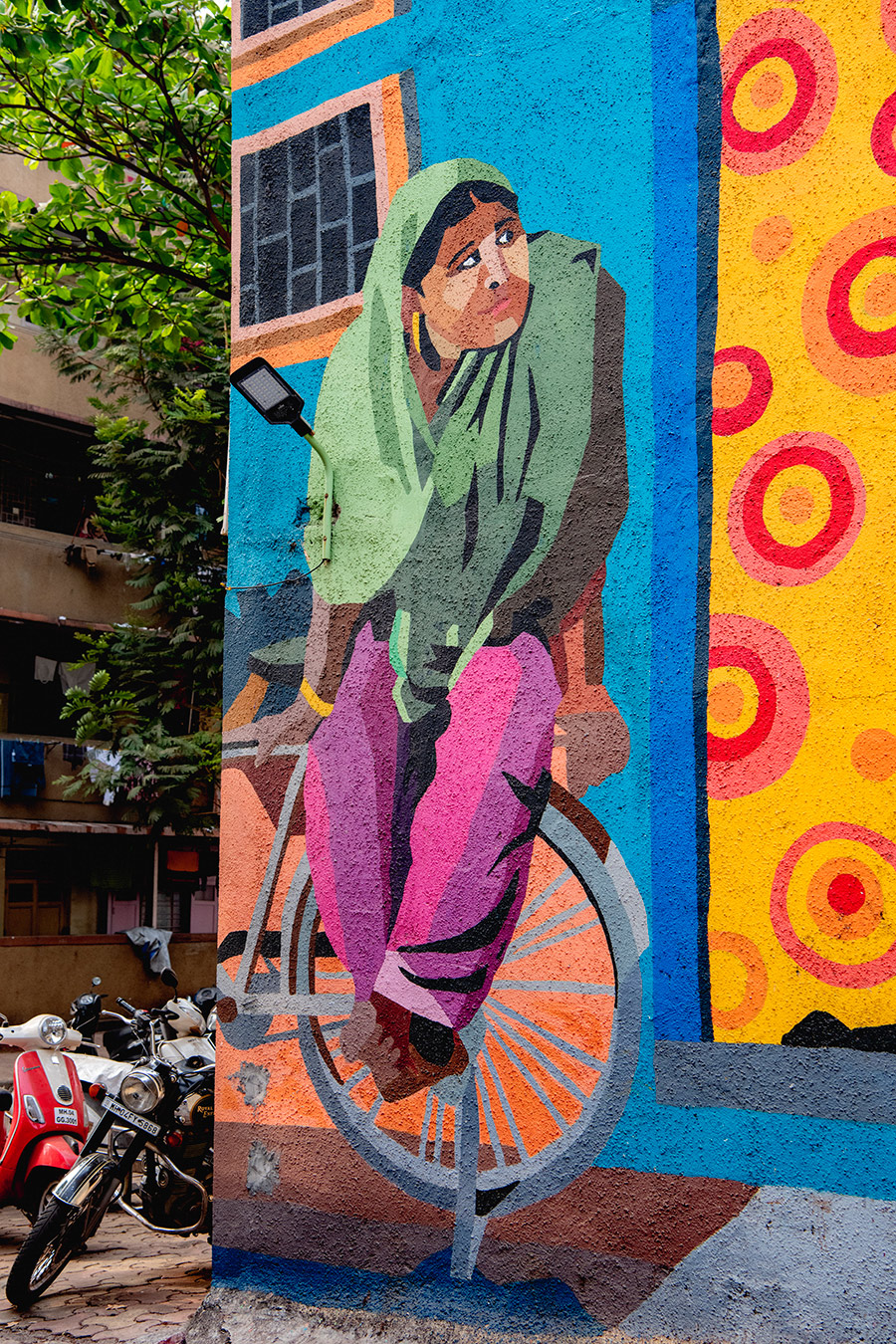
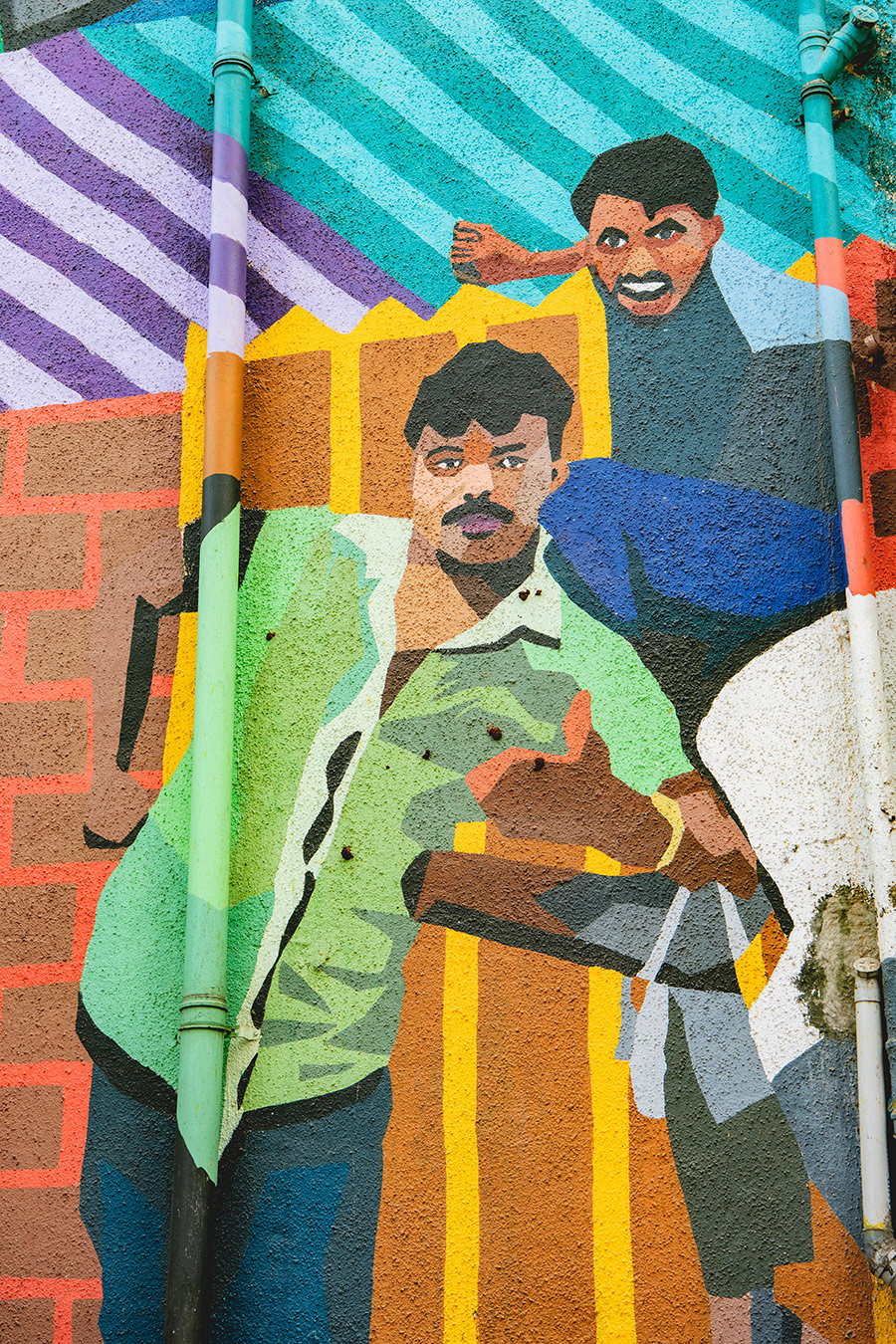
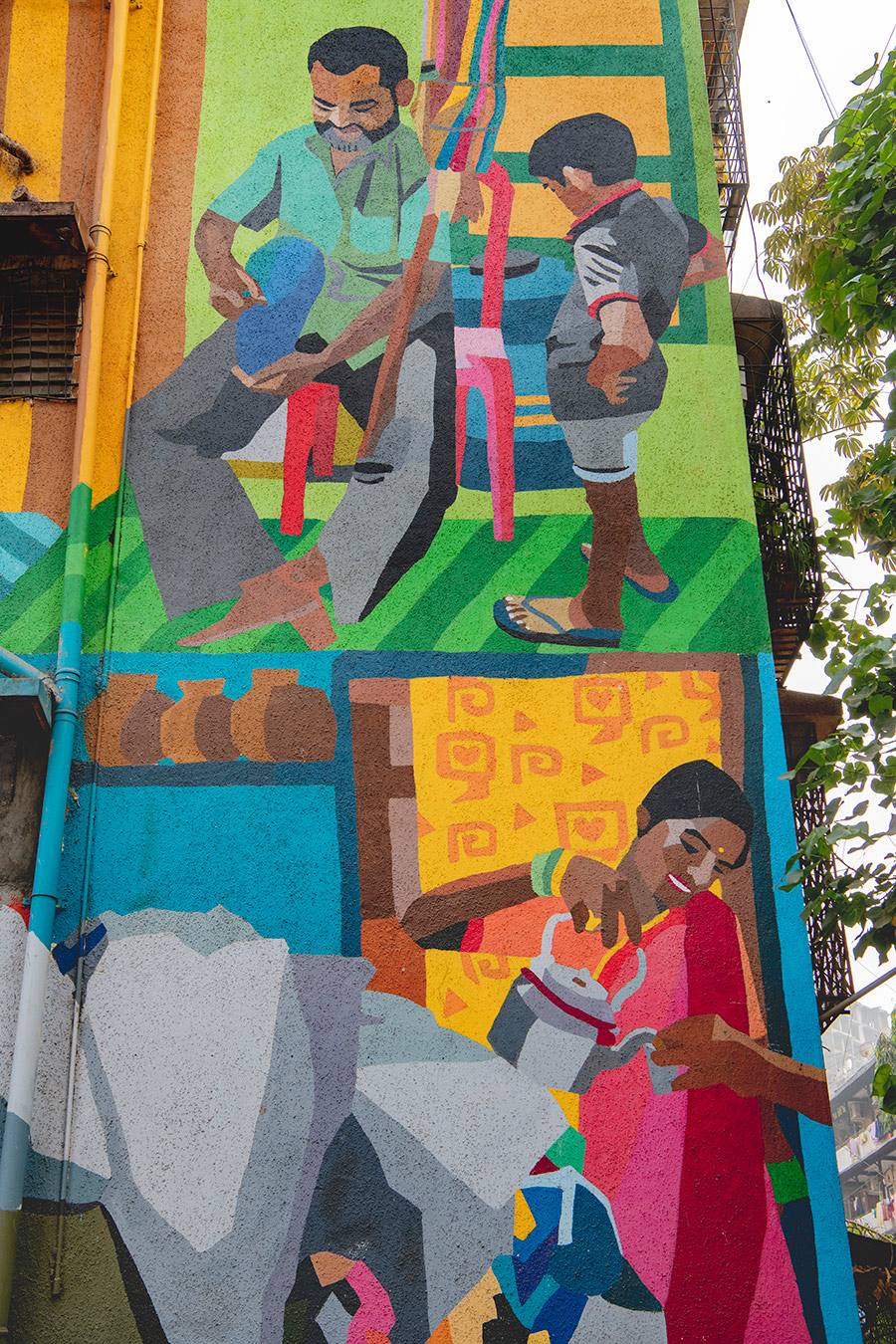
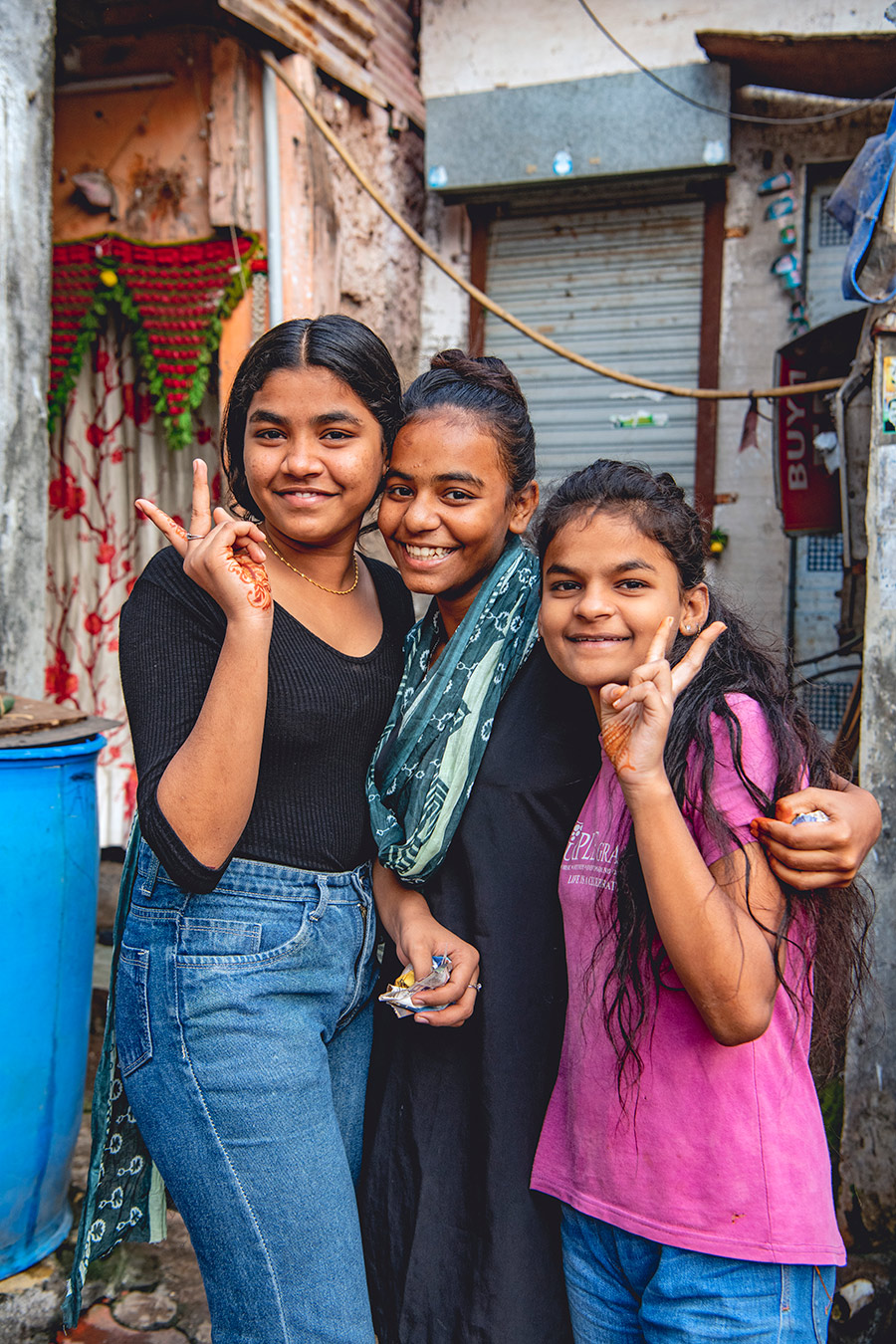
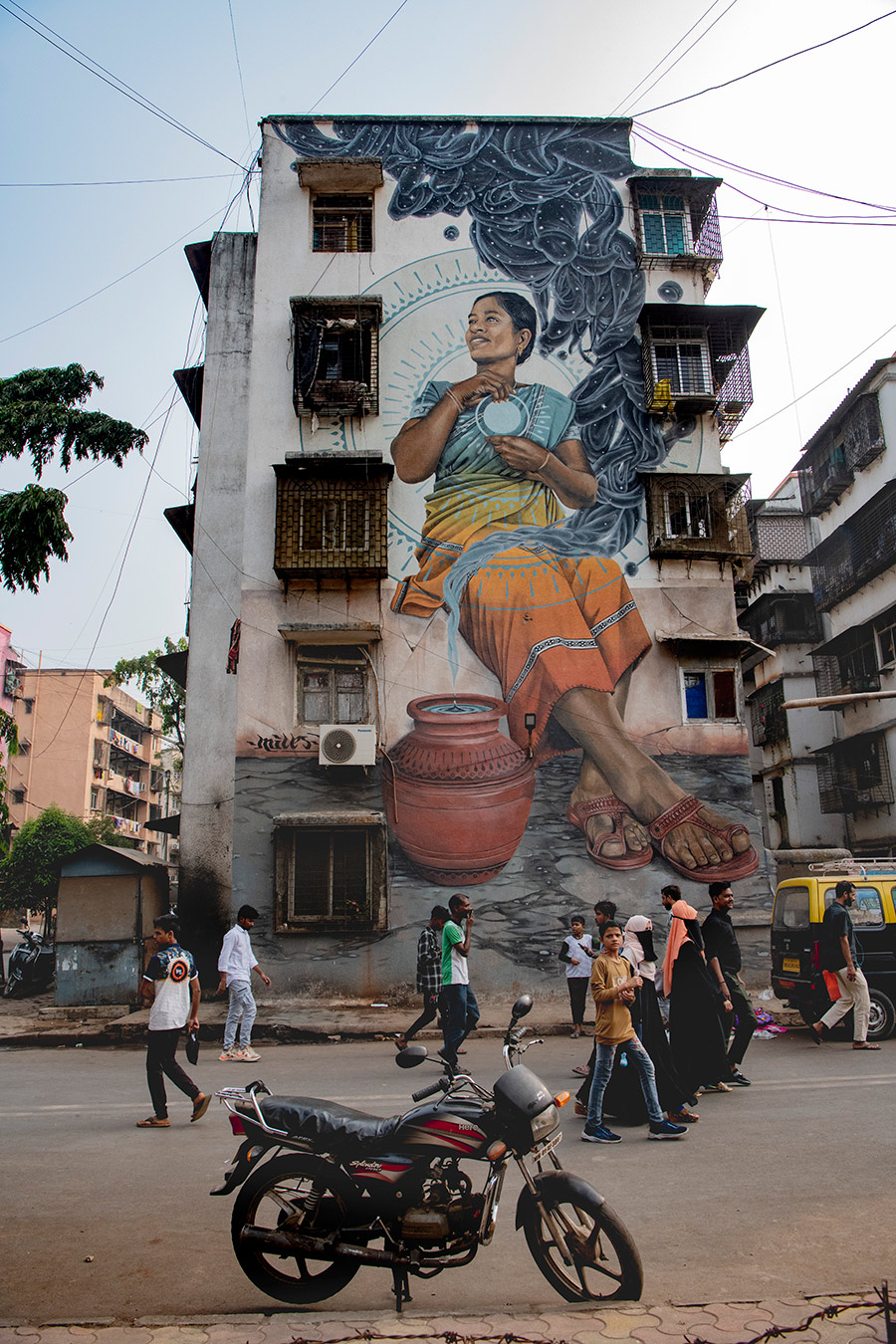
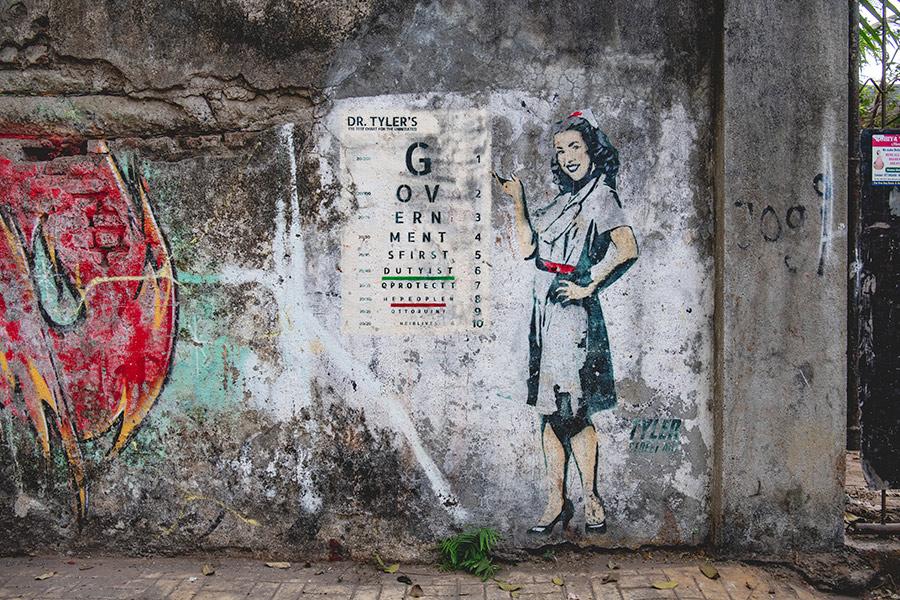
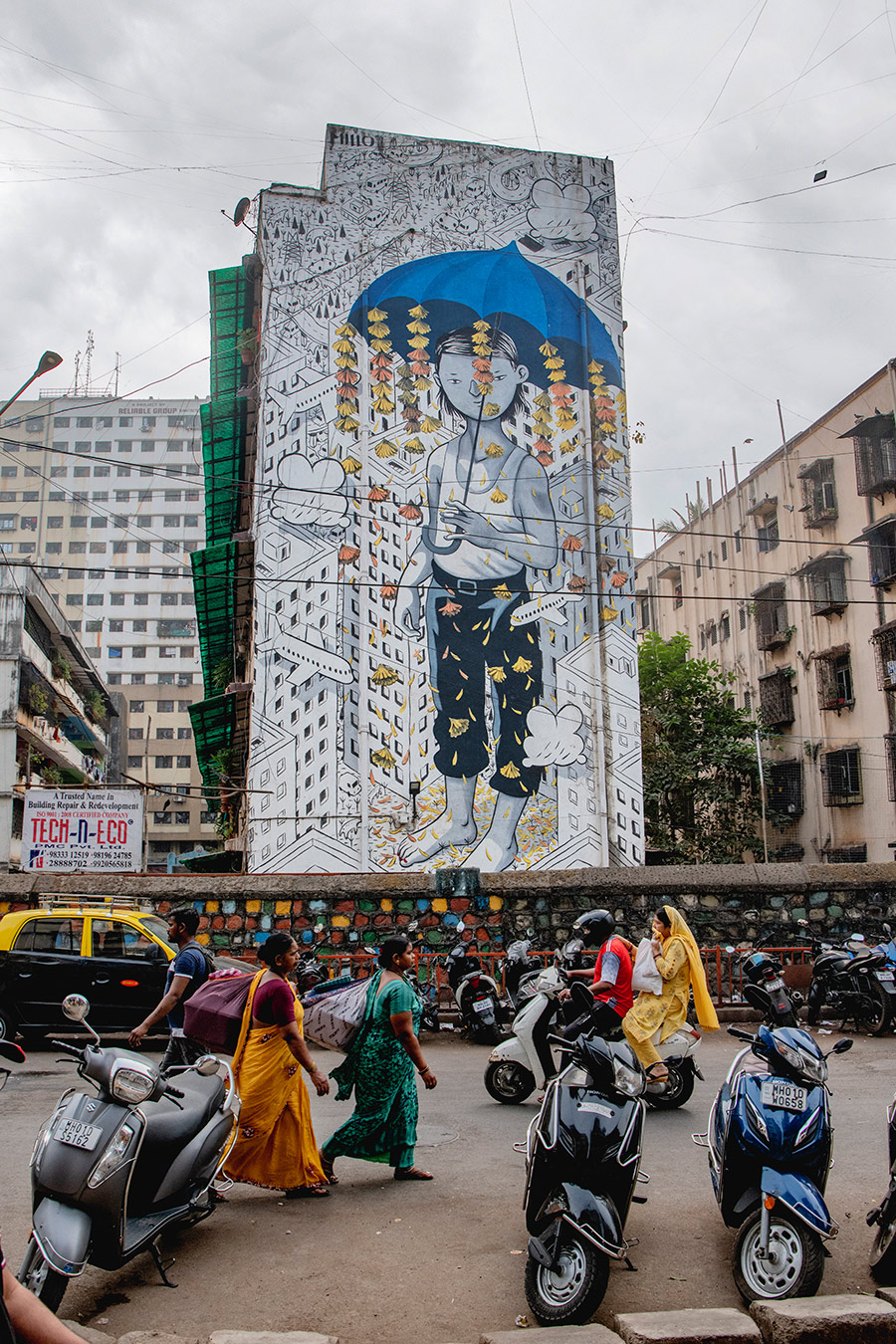
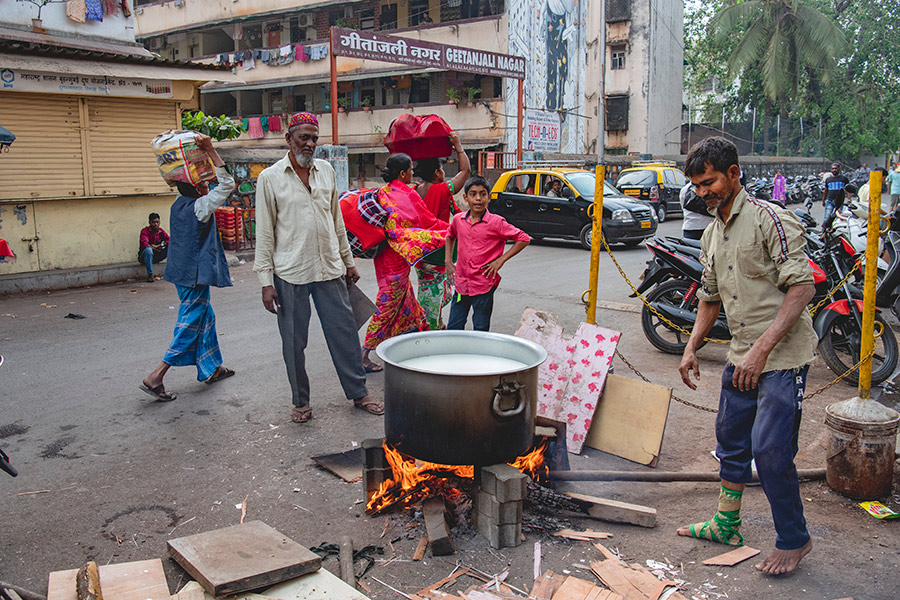
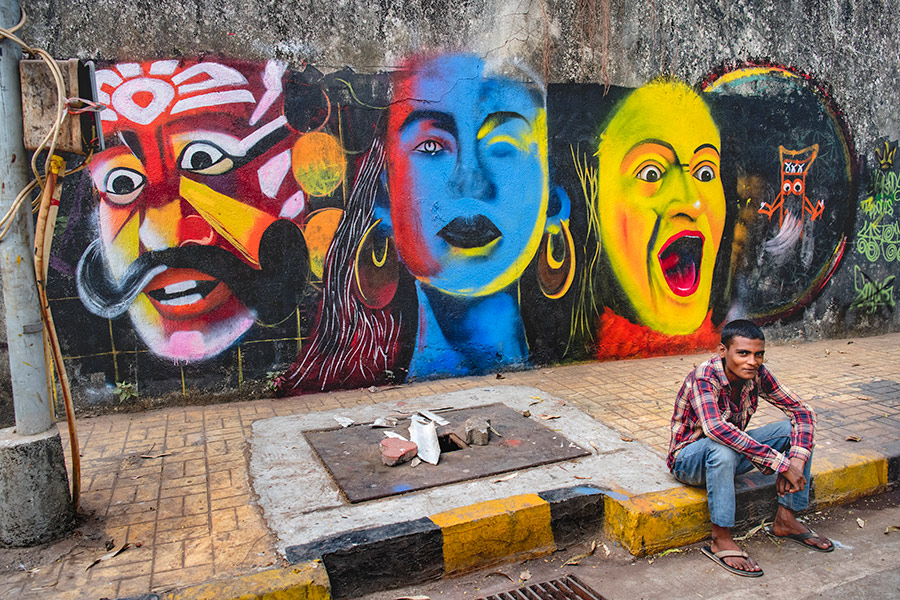
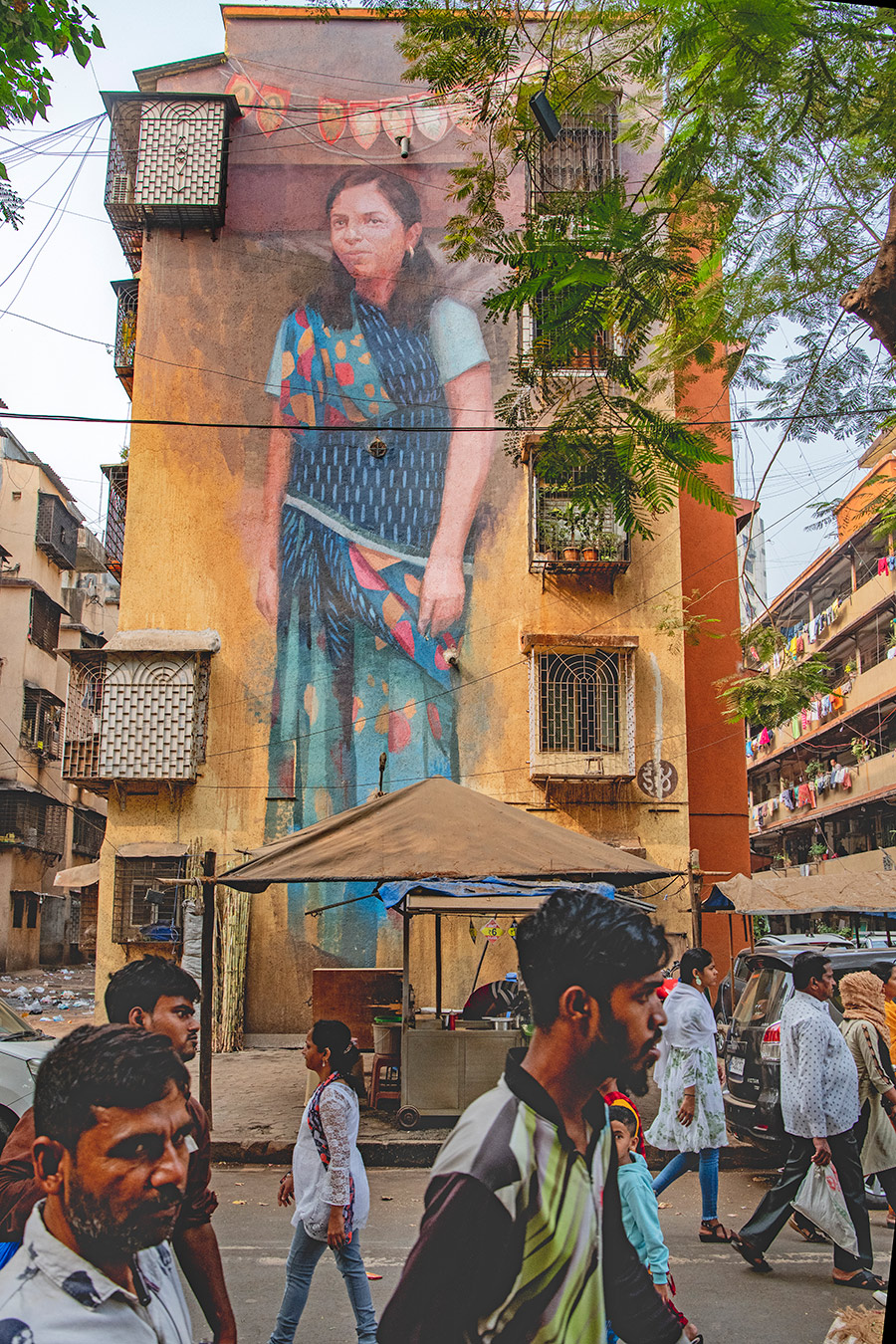
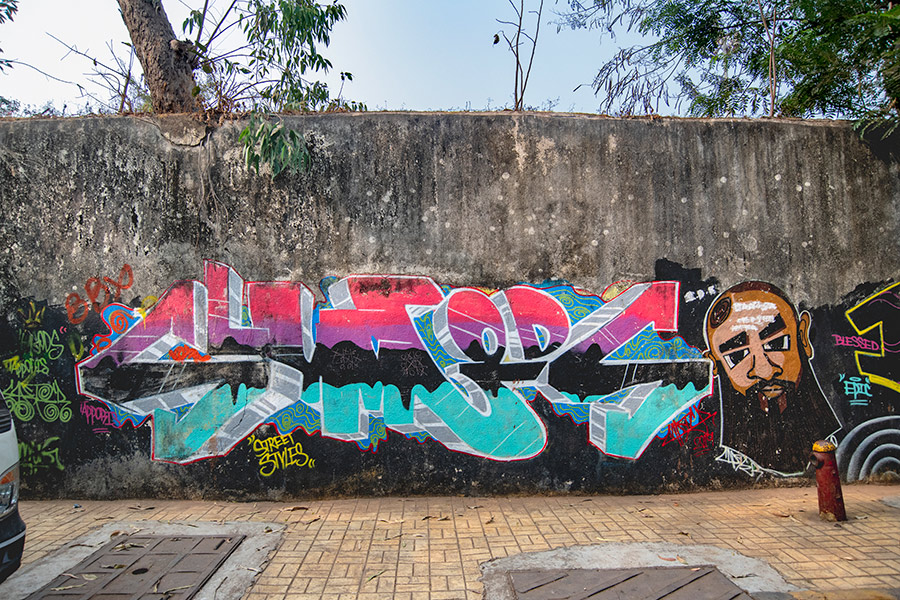
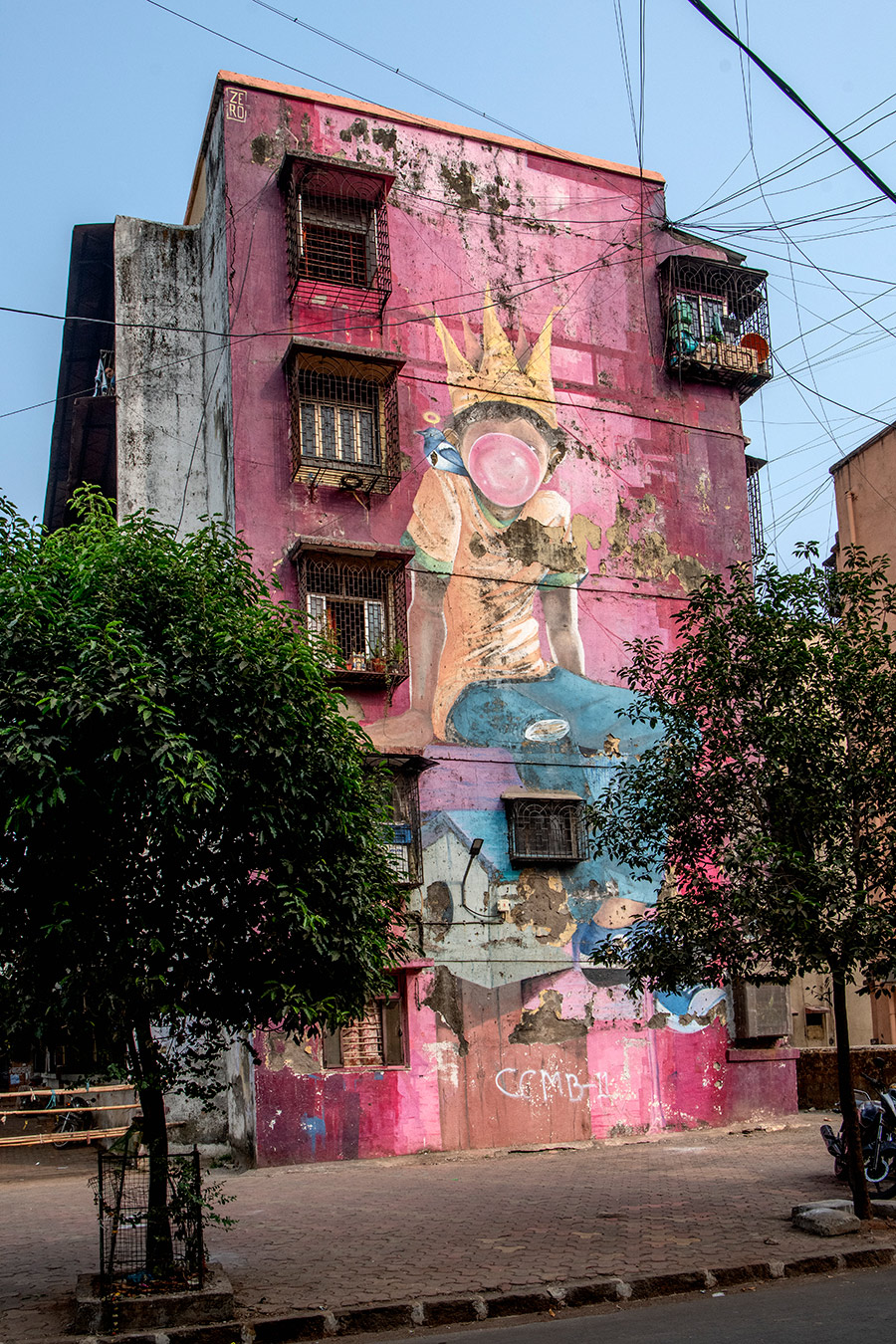
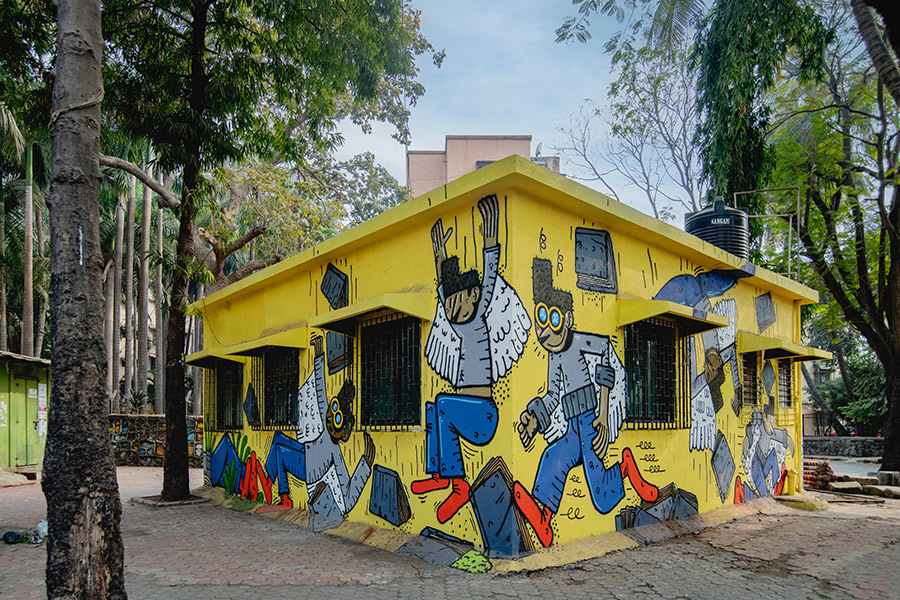
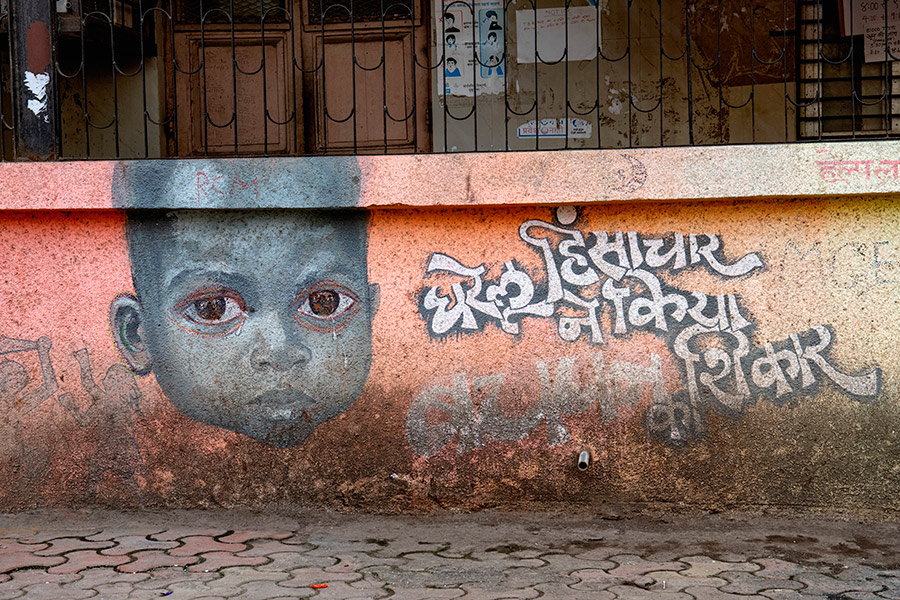
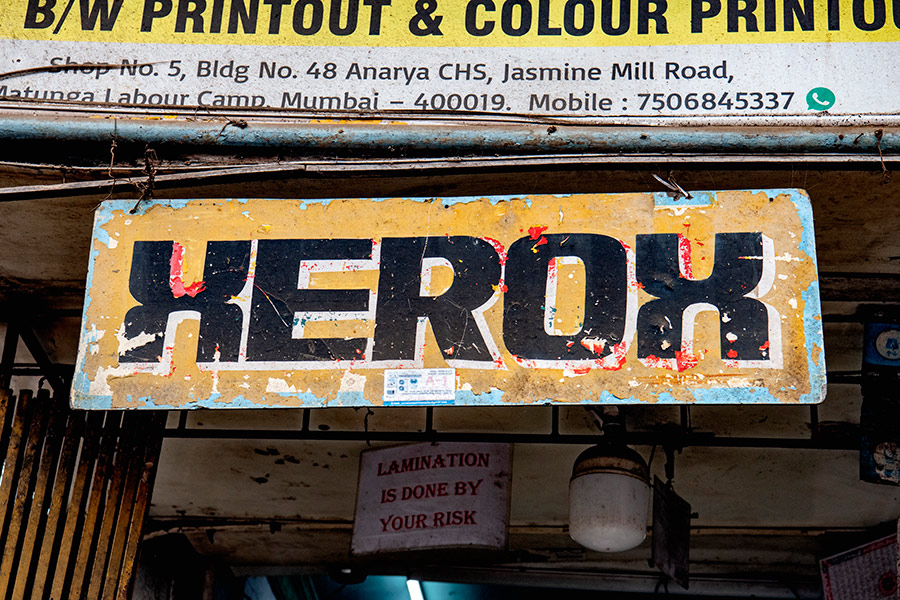
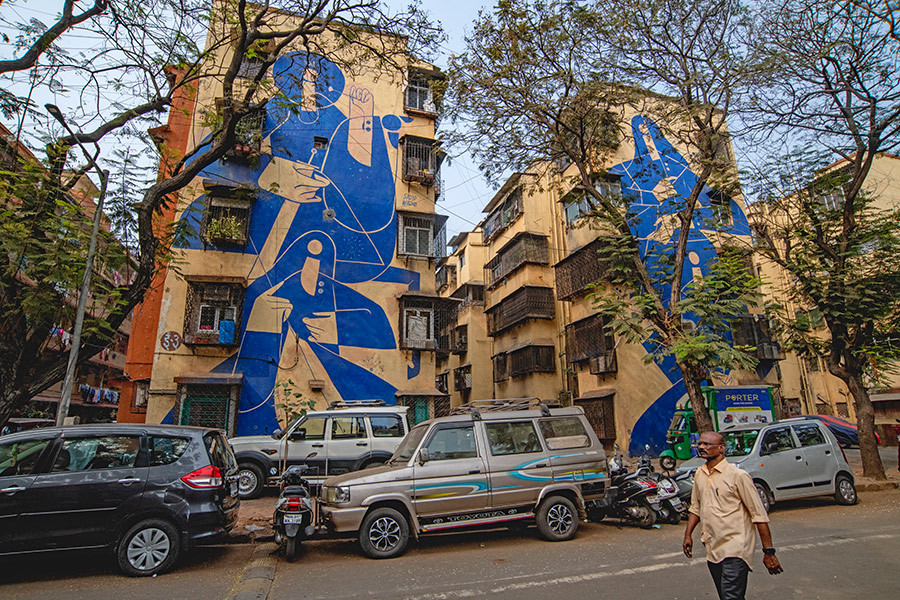

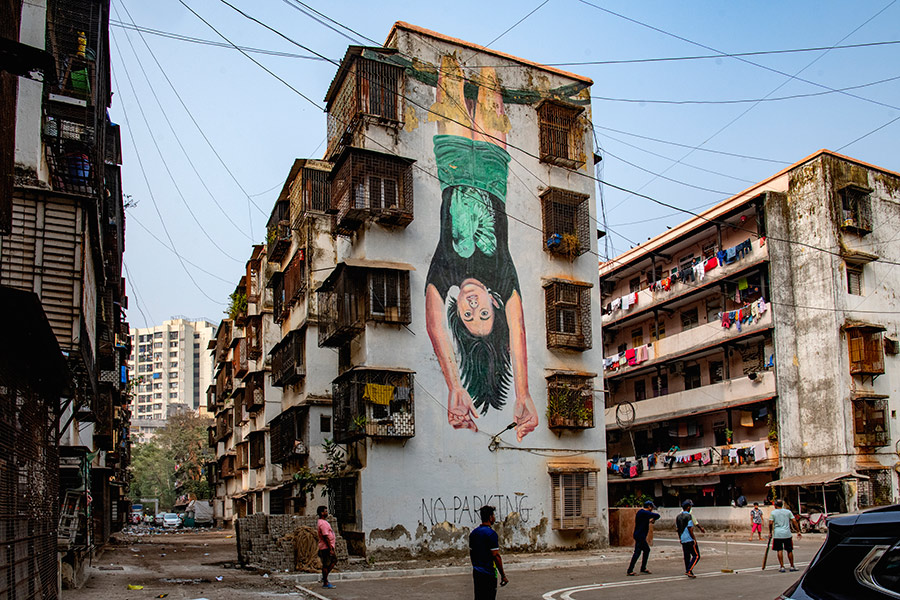
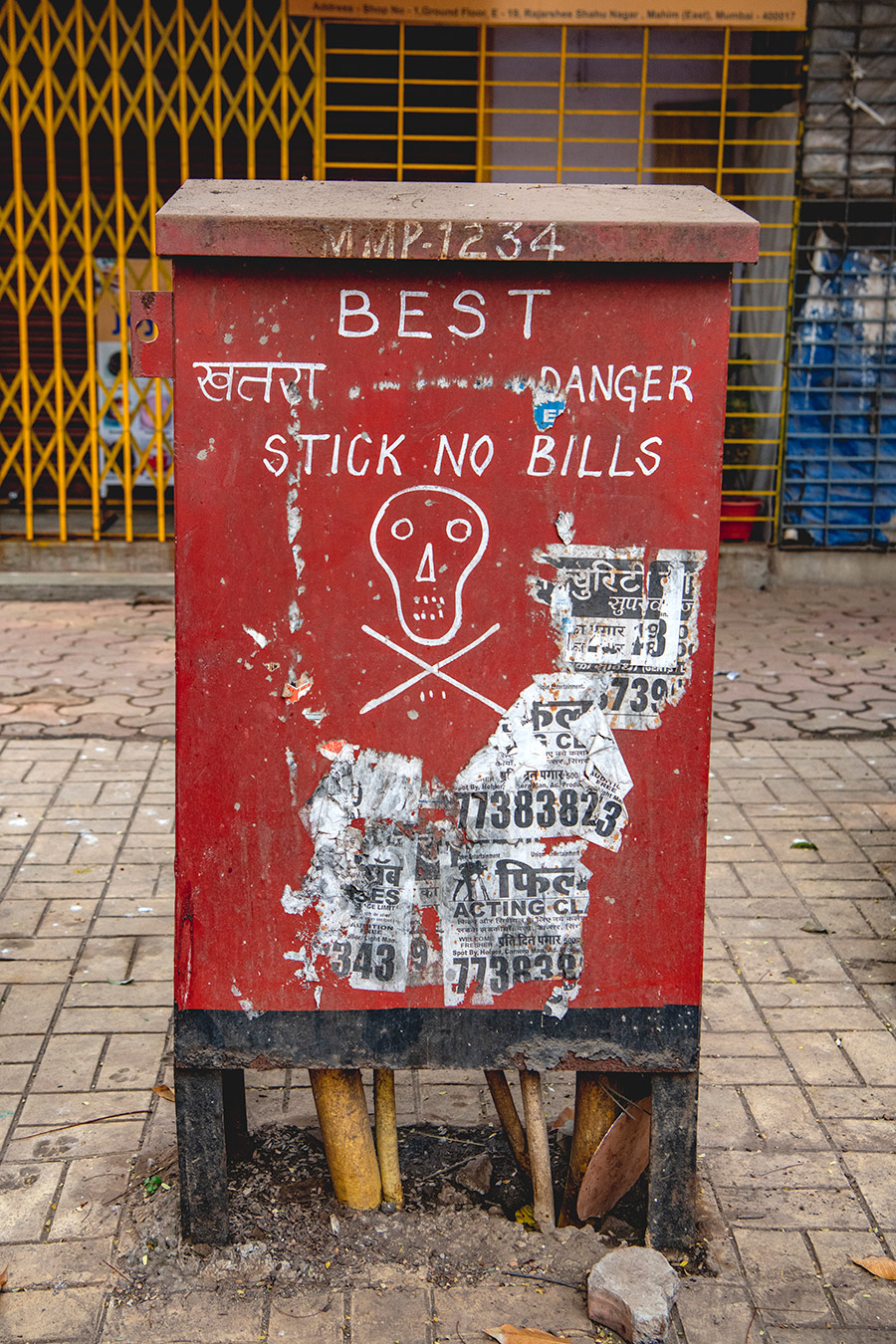
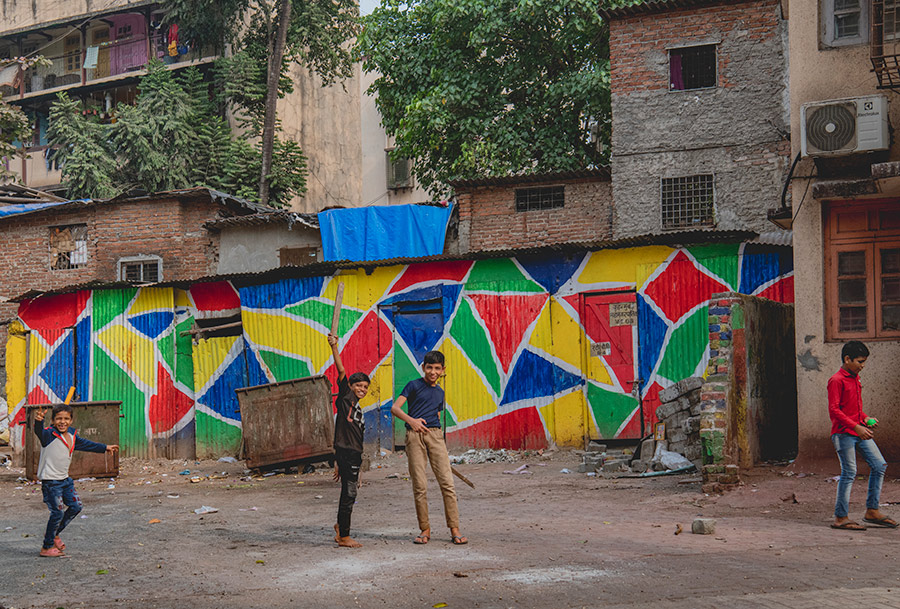
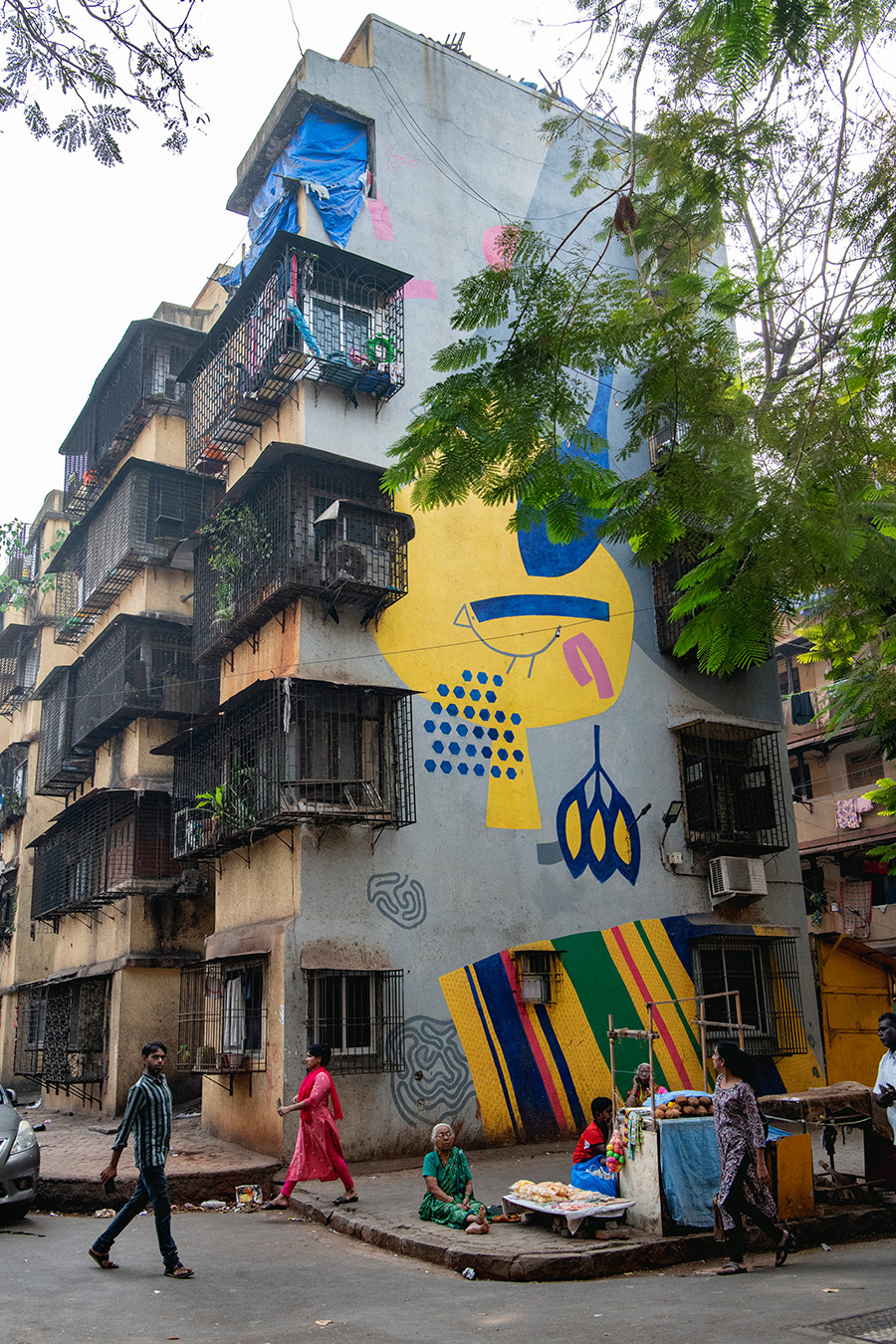
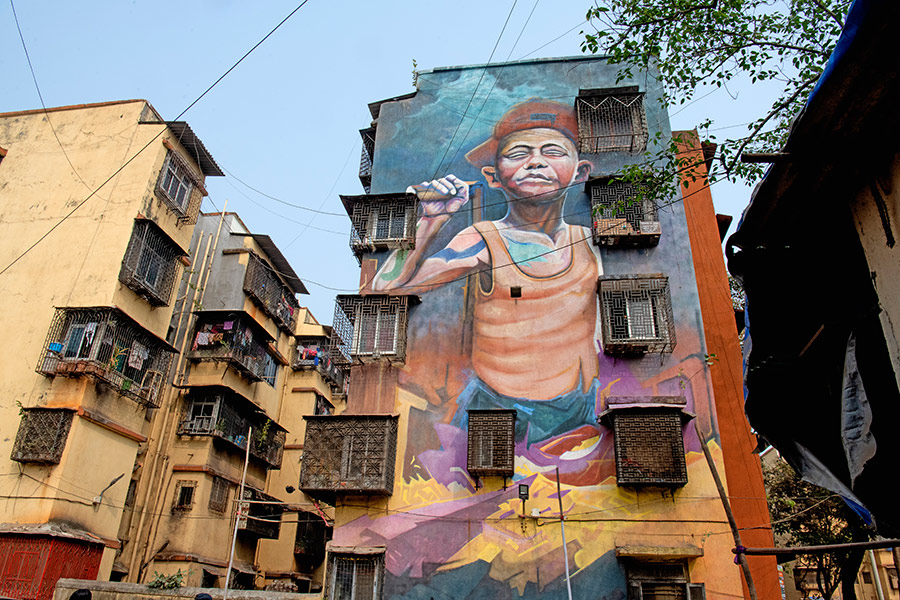
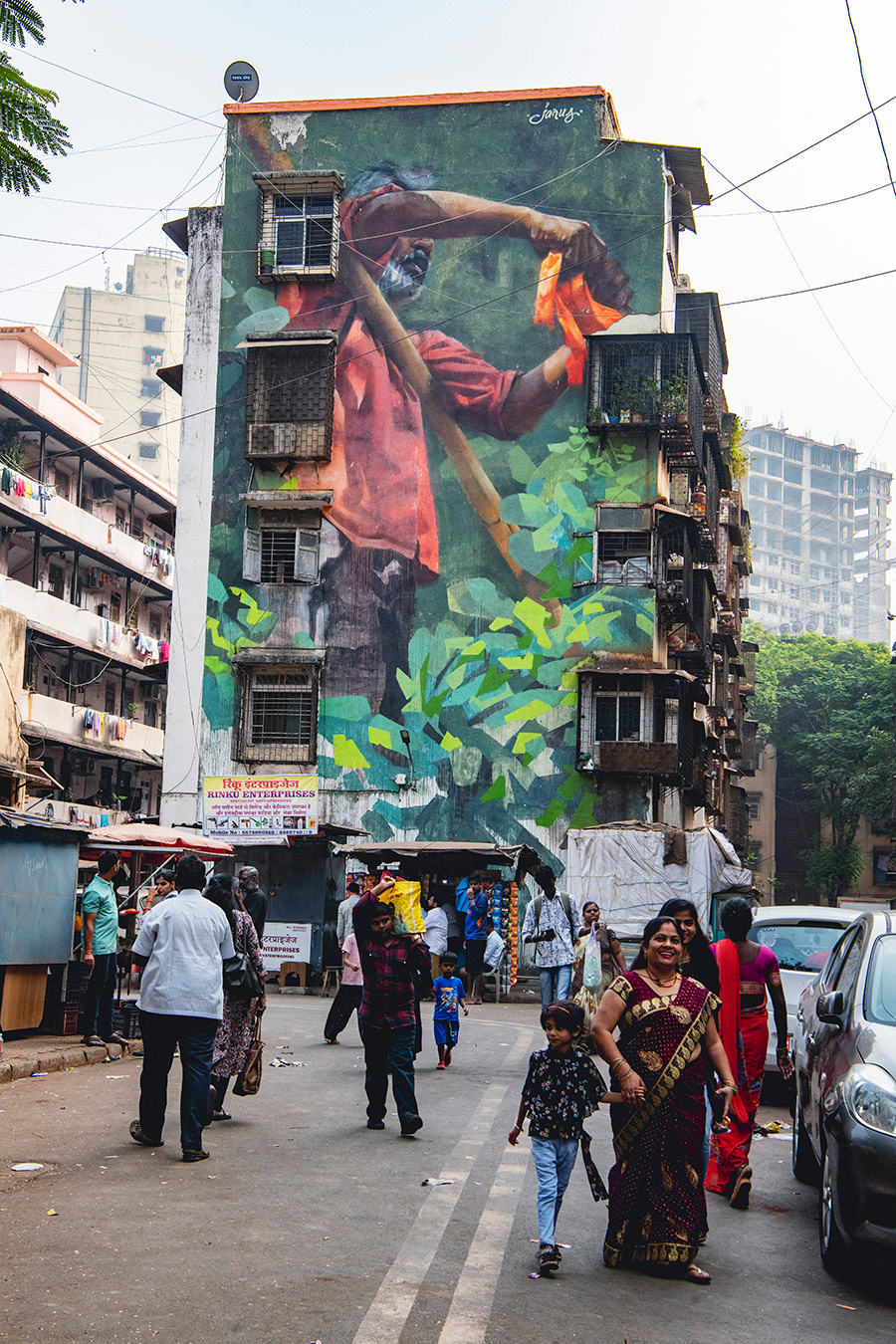
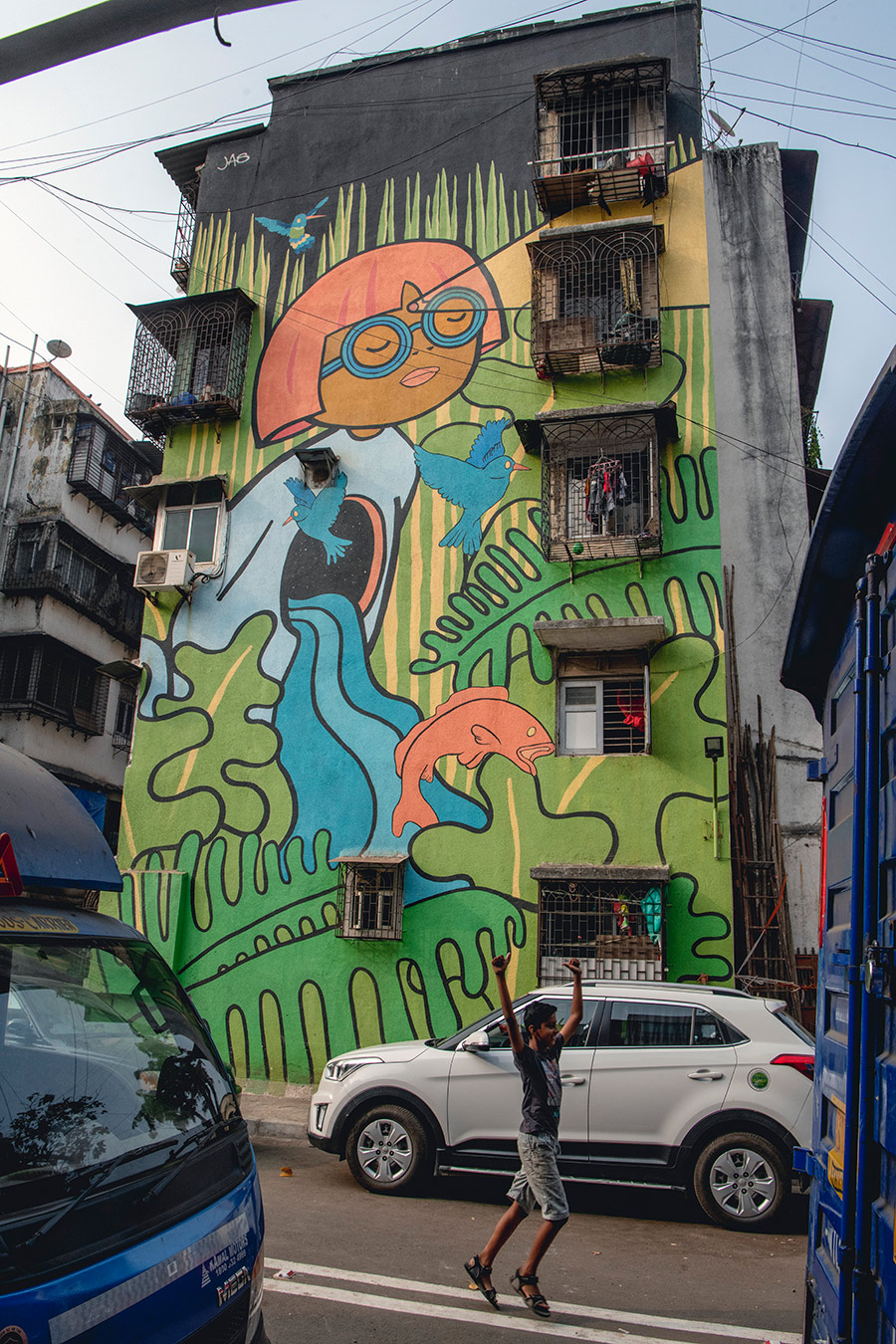
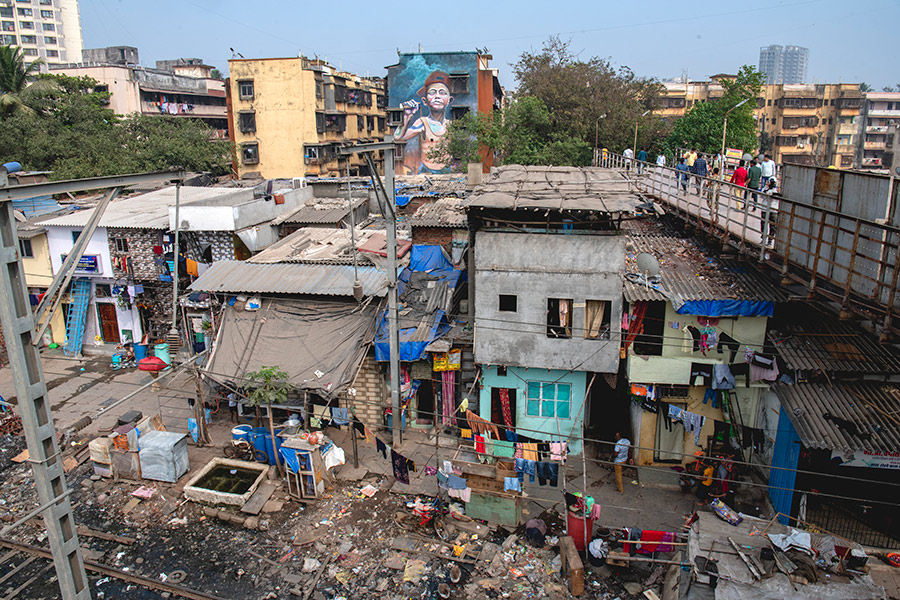
 BROOKLYN STREET ART LOVES YOU MORE EVERY DAY
BROOKLYN STREET ART LOVES YOU MORE EVERY DAY